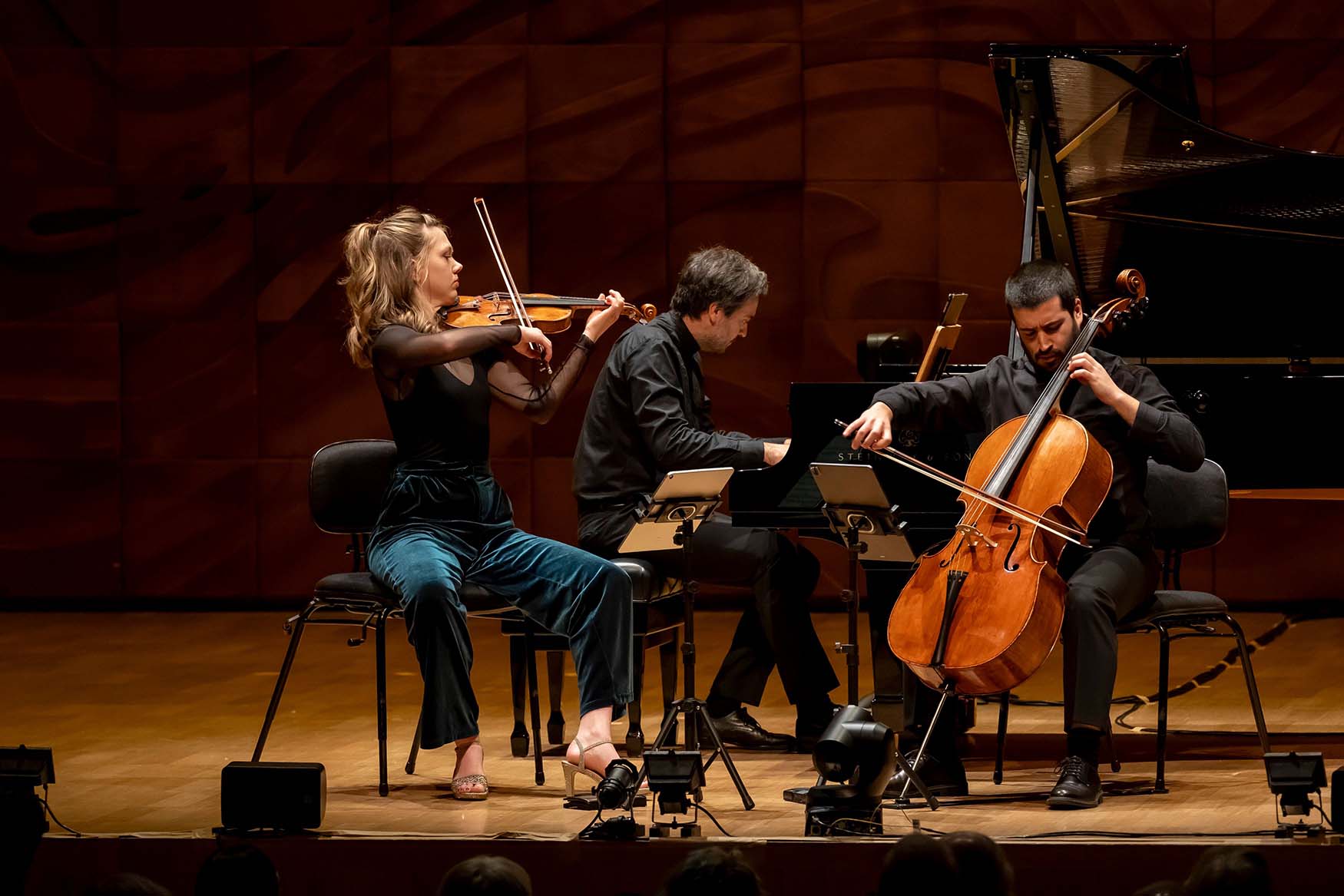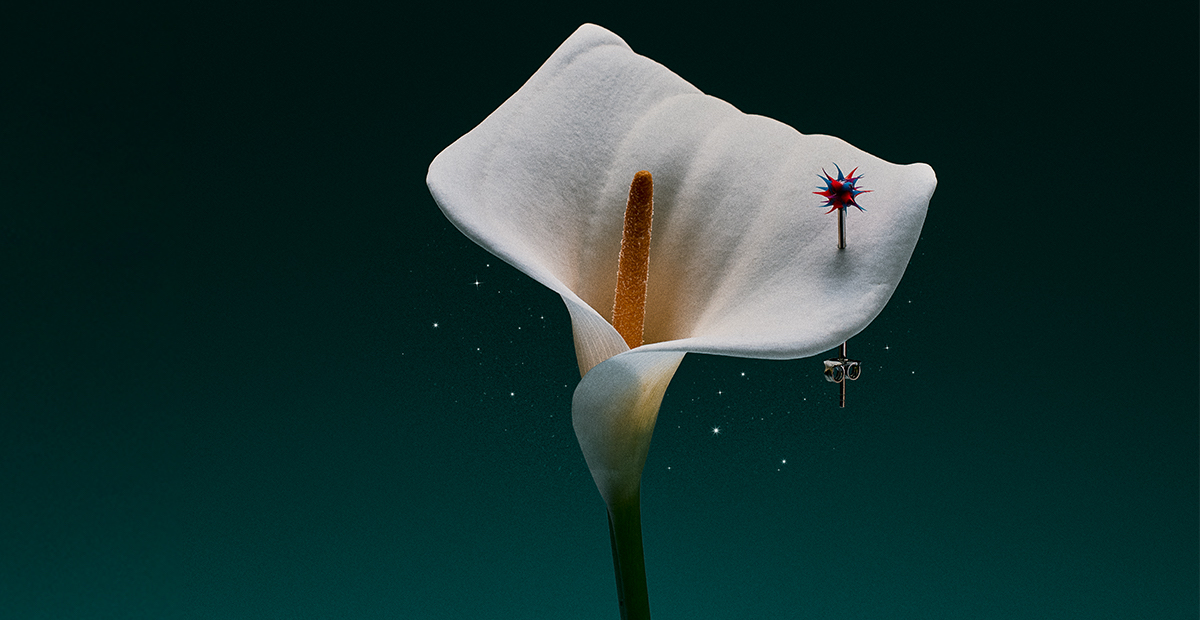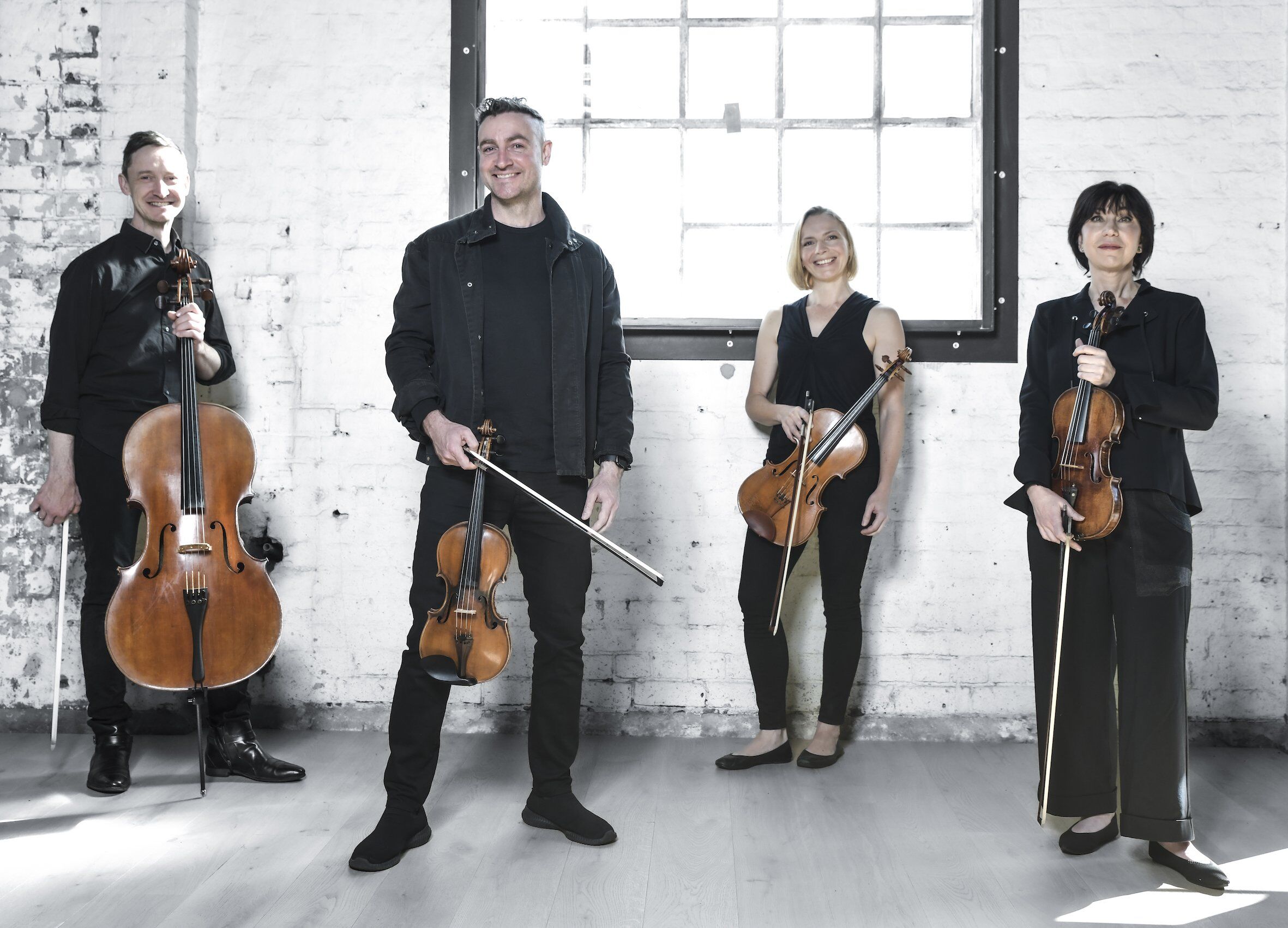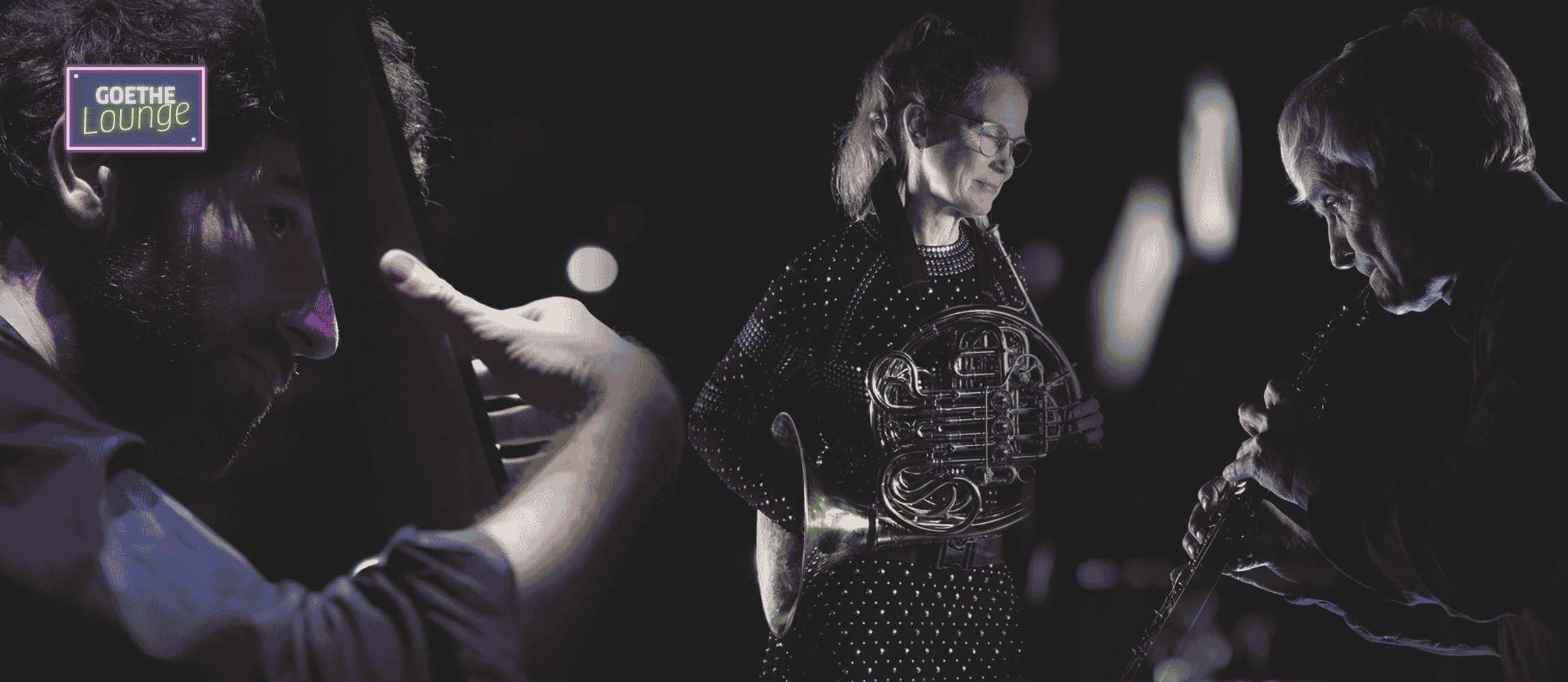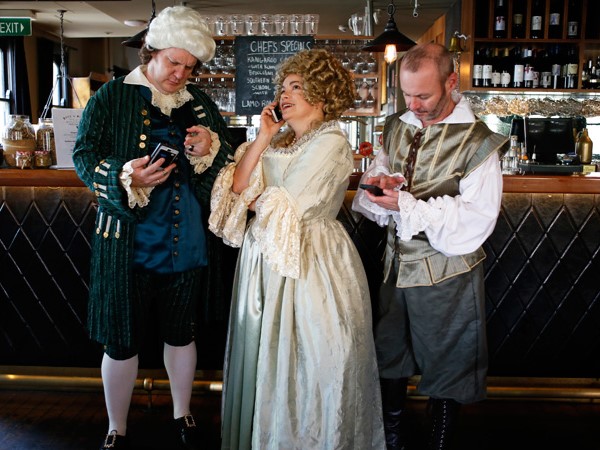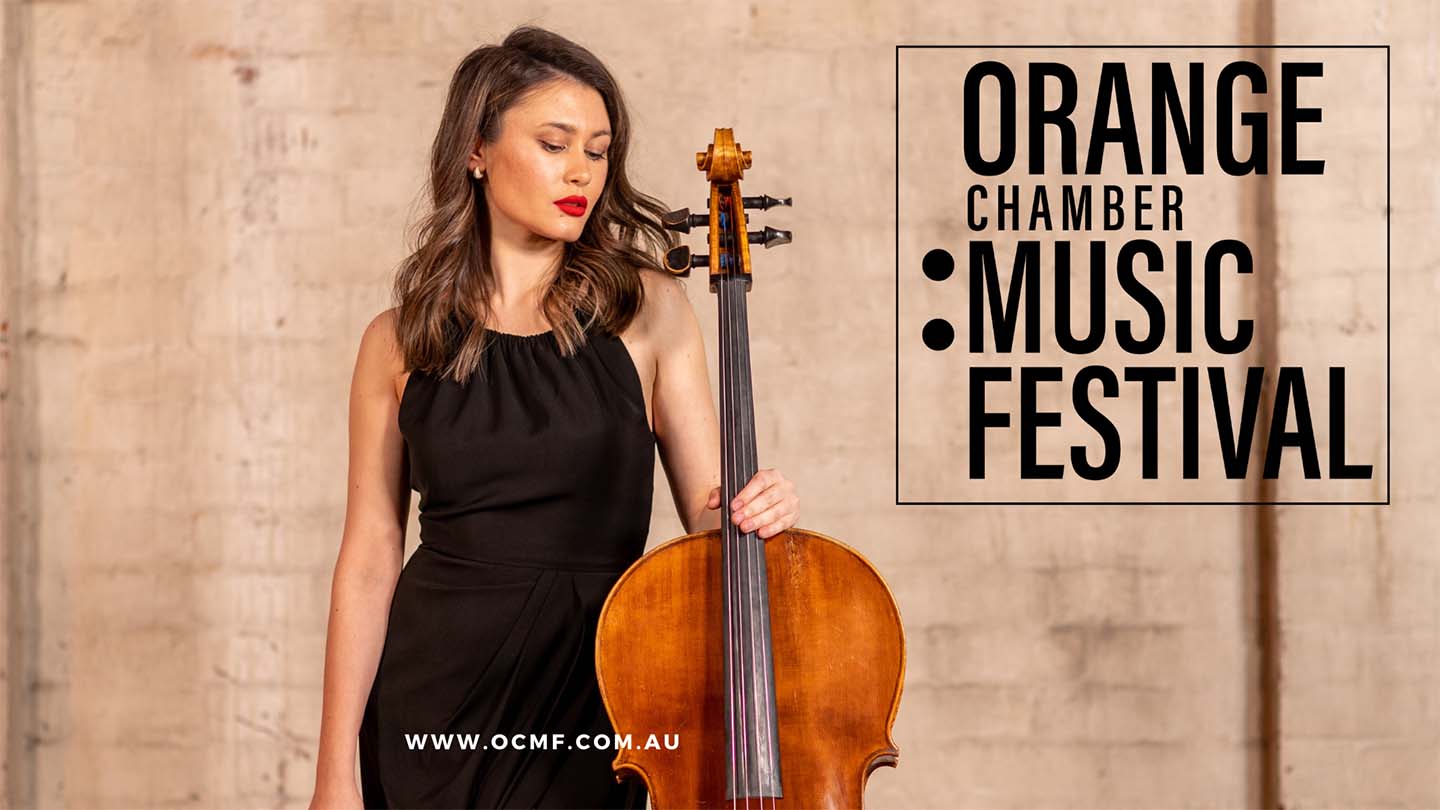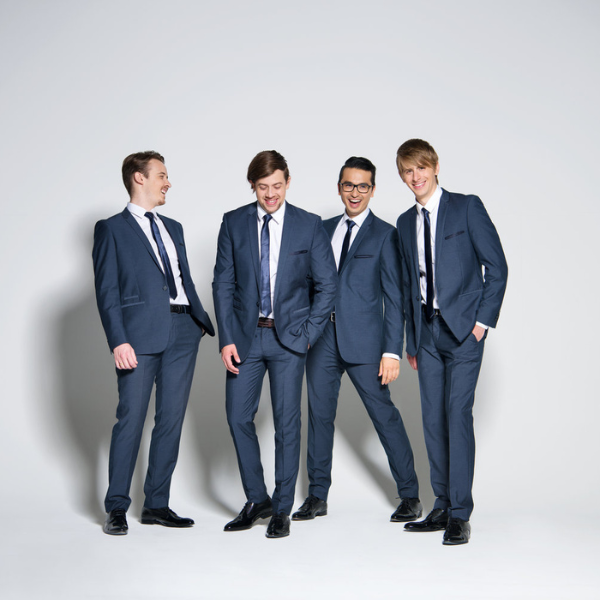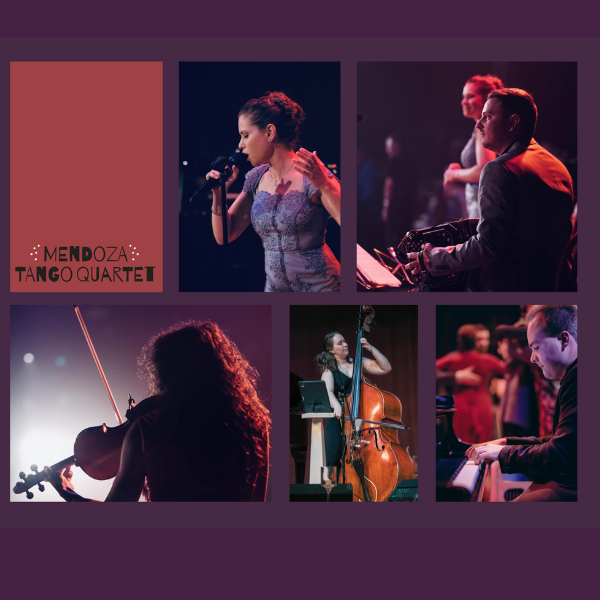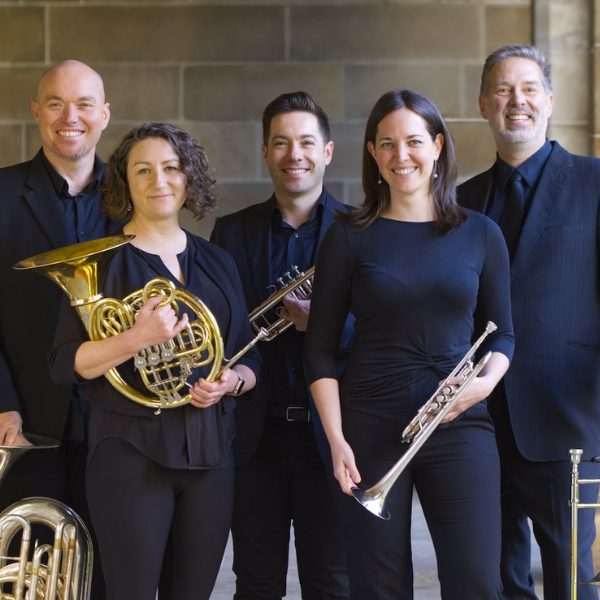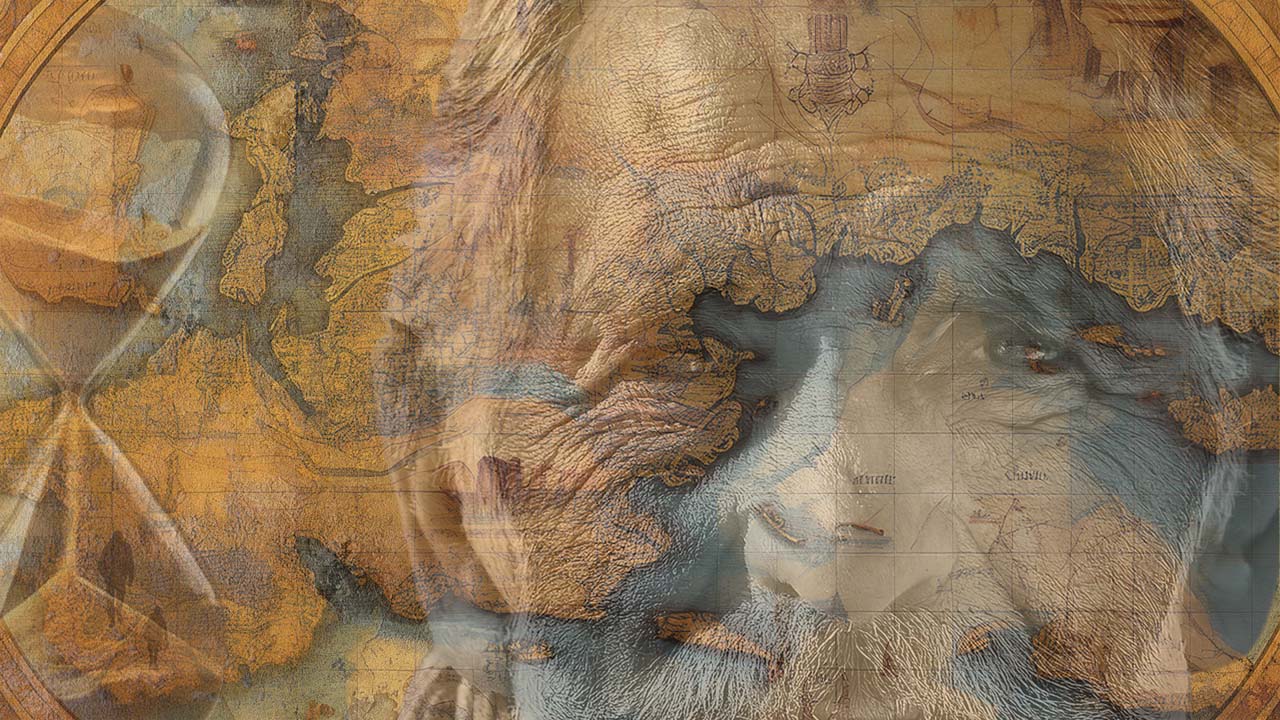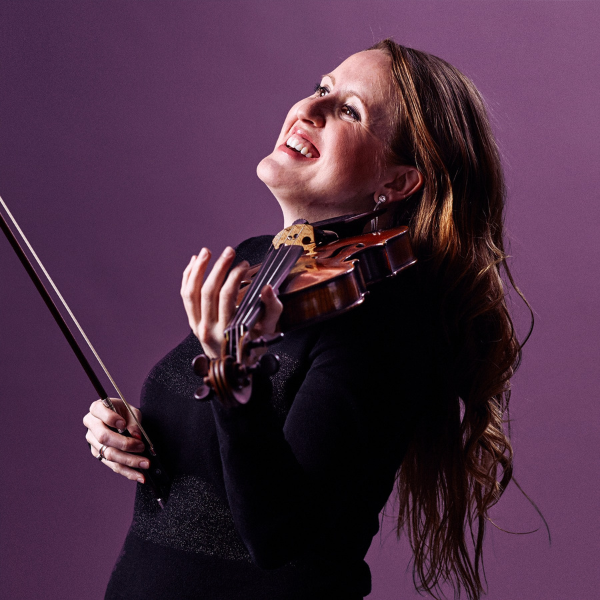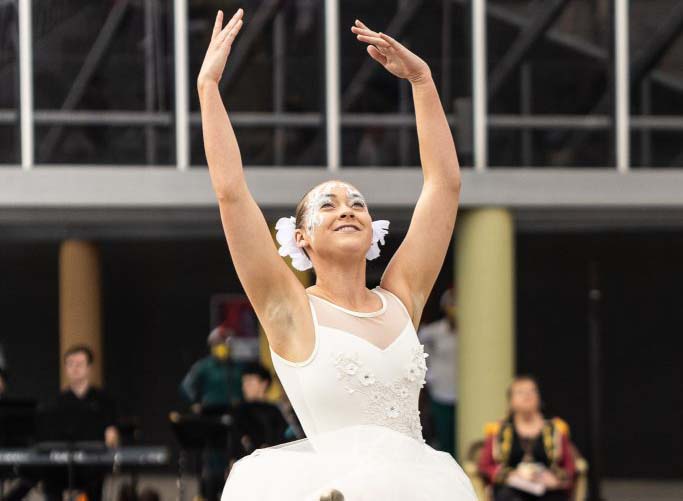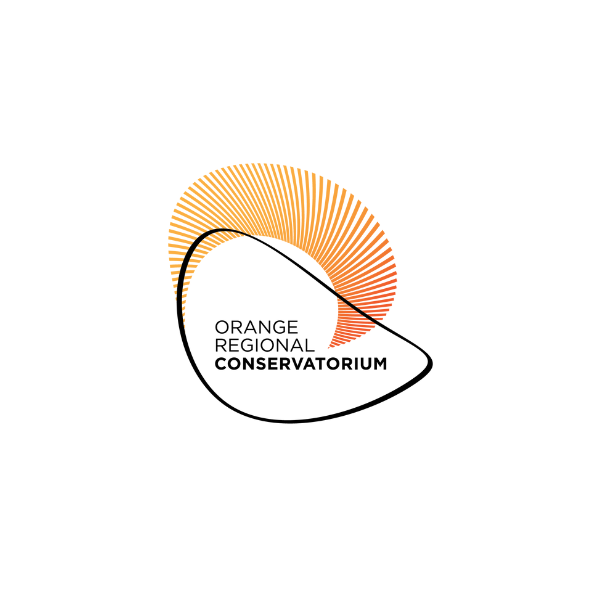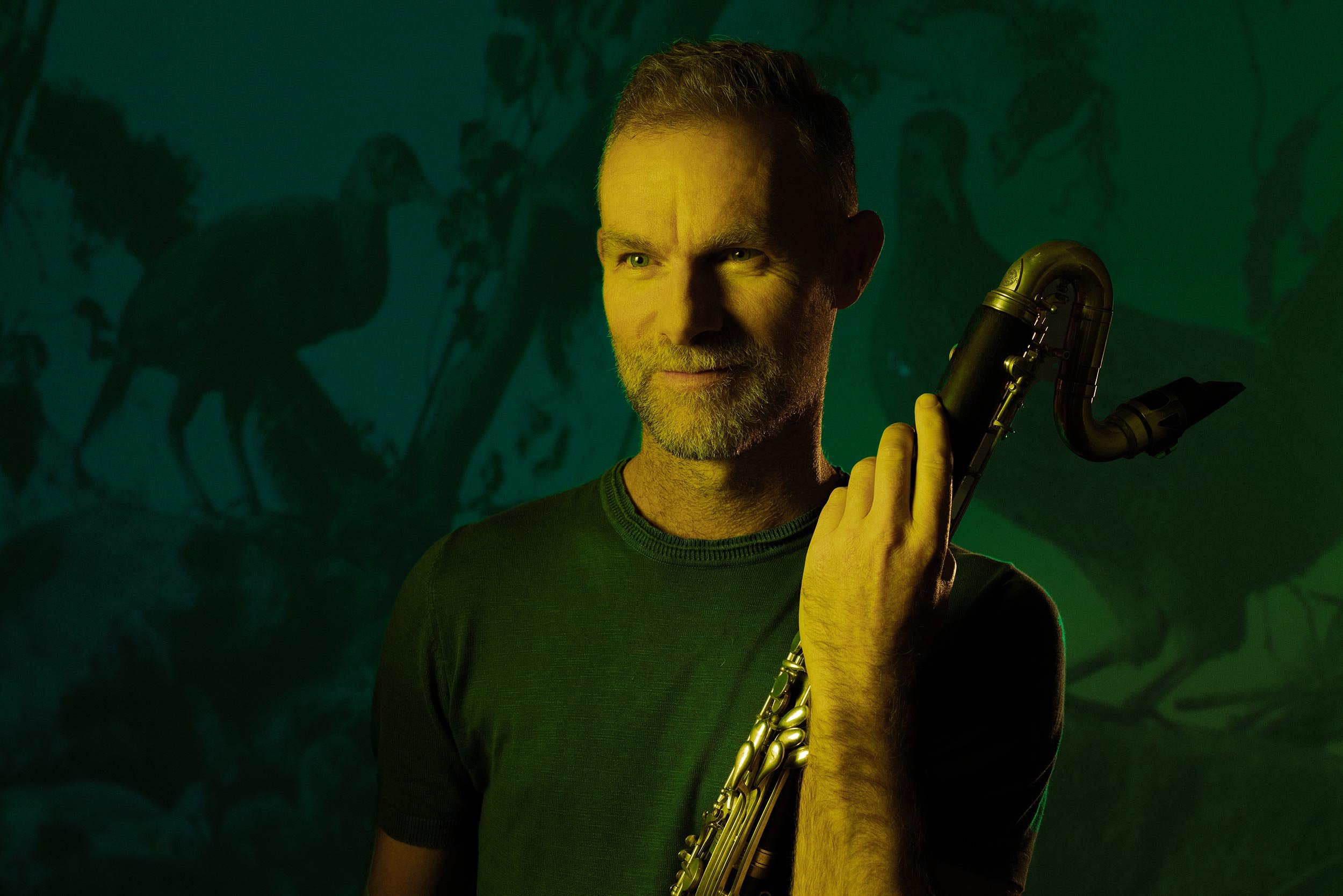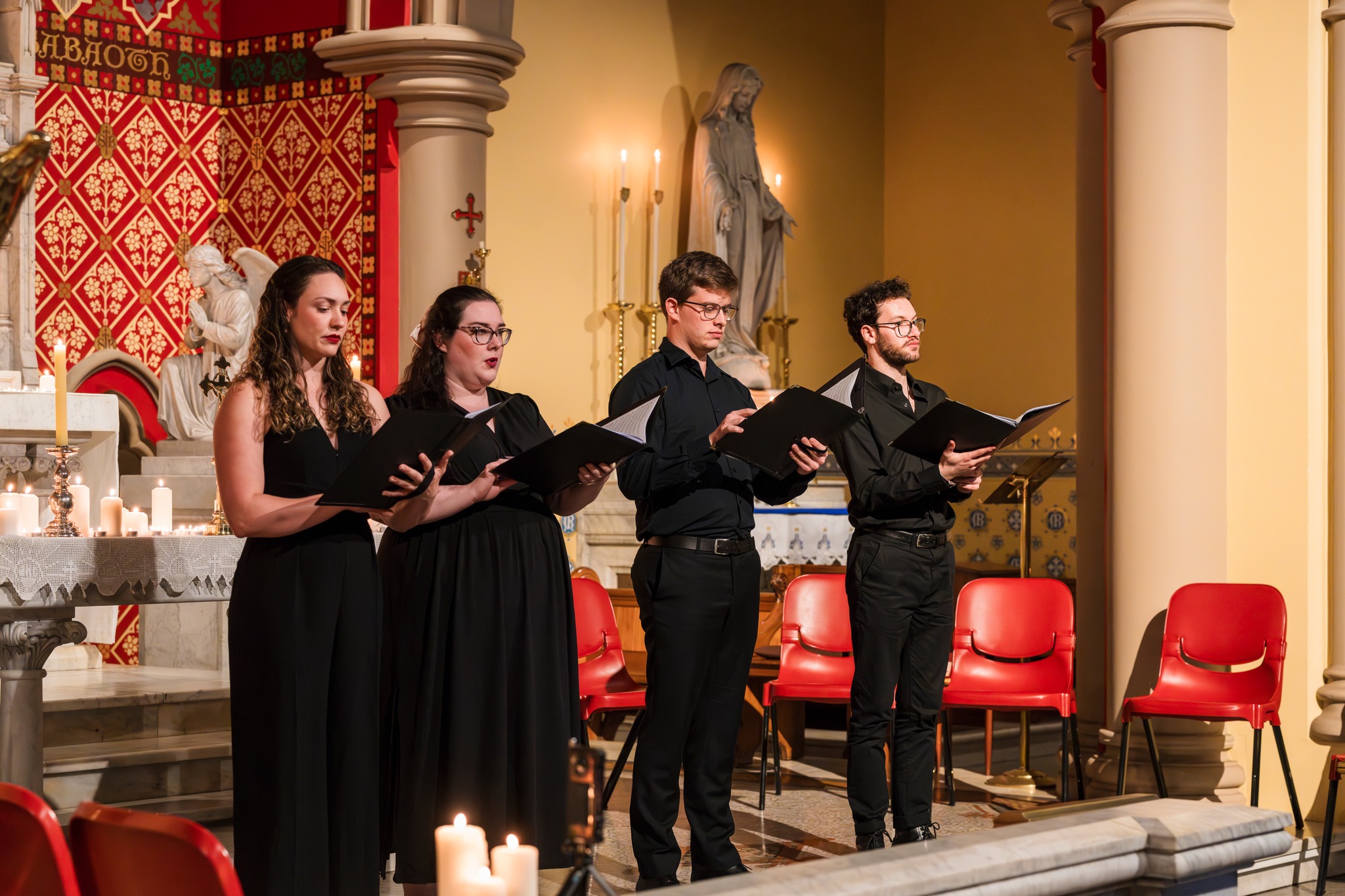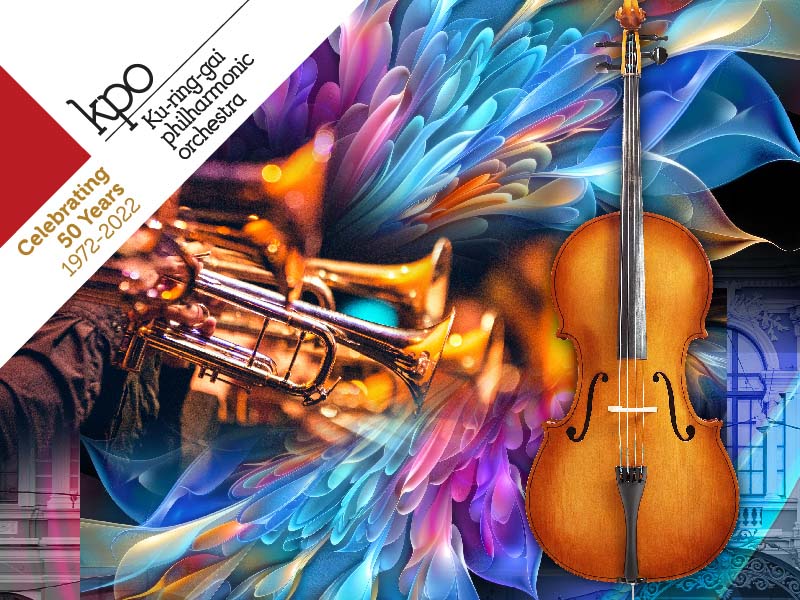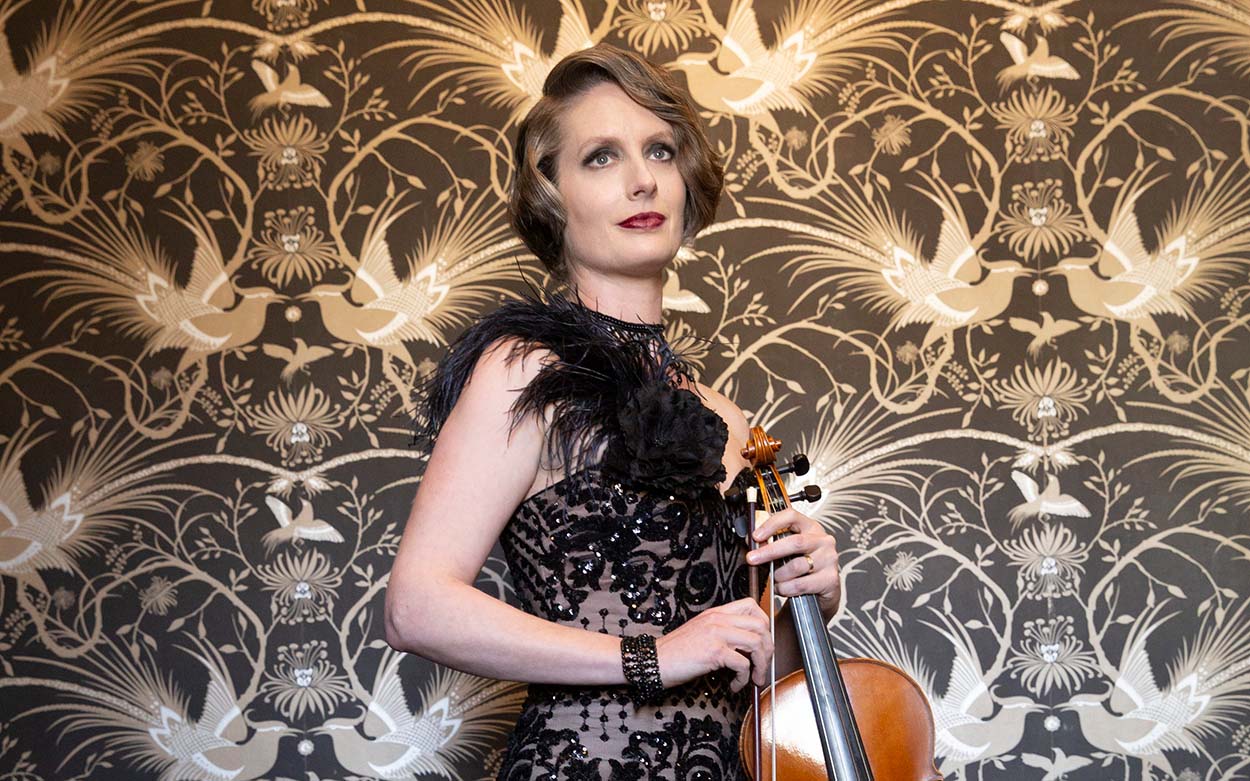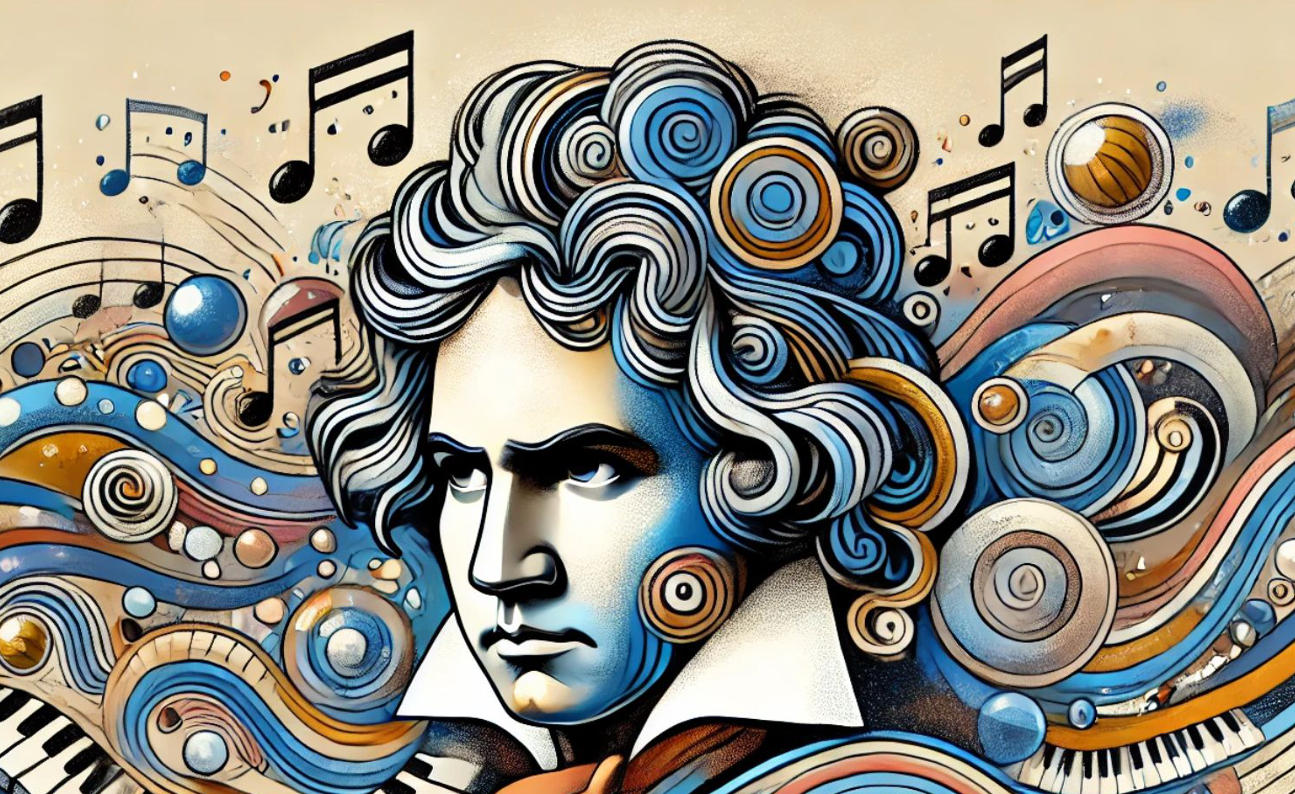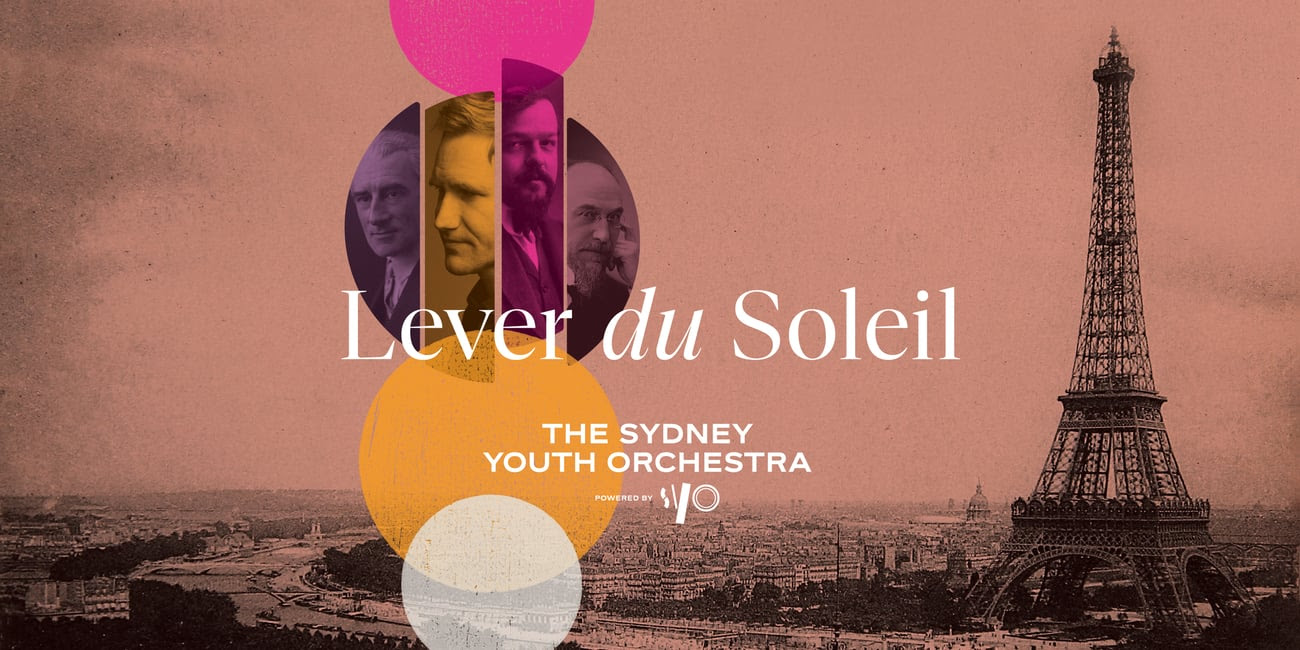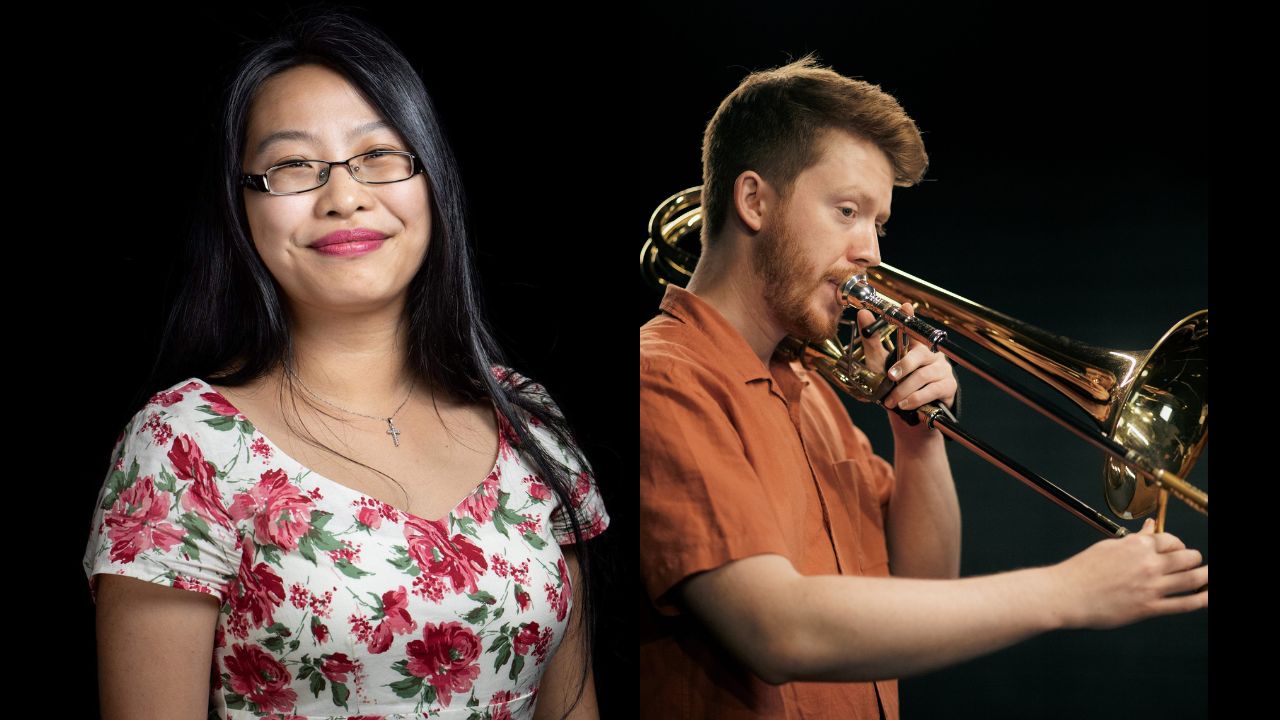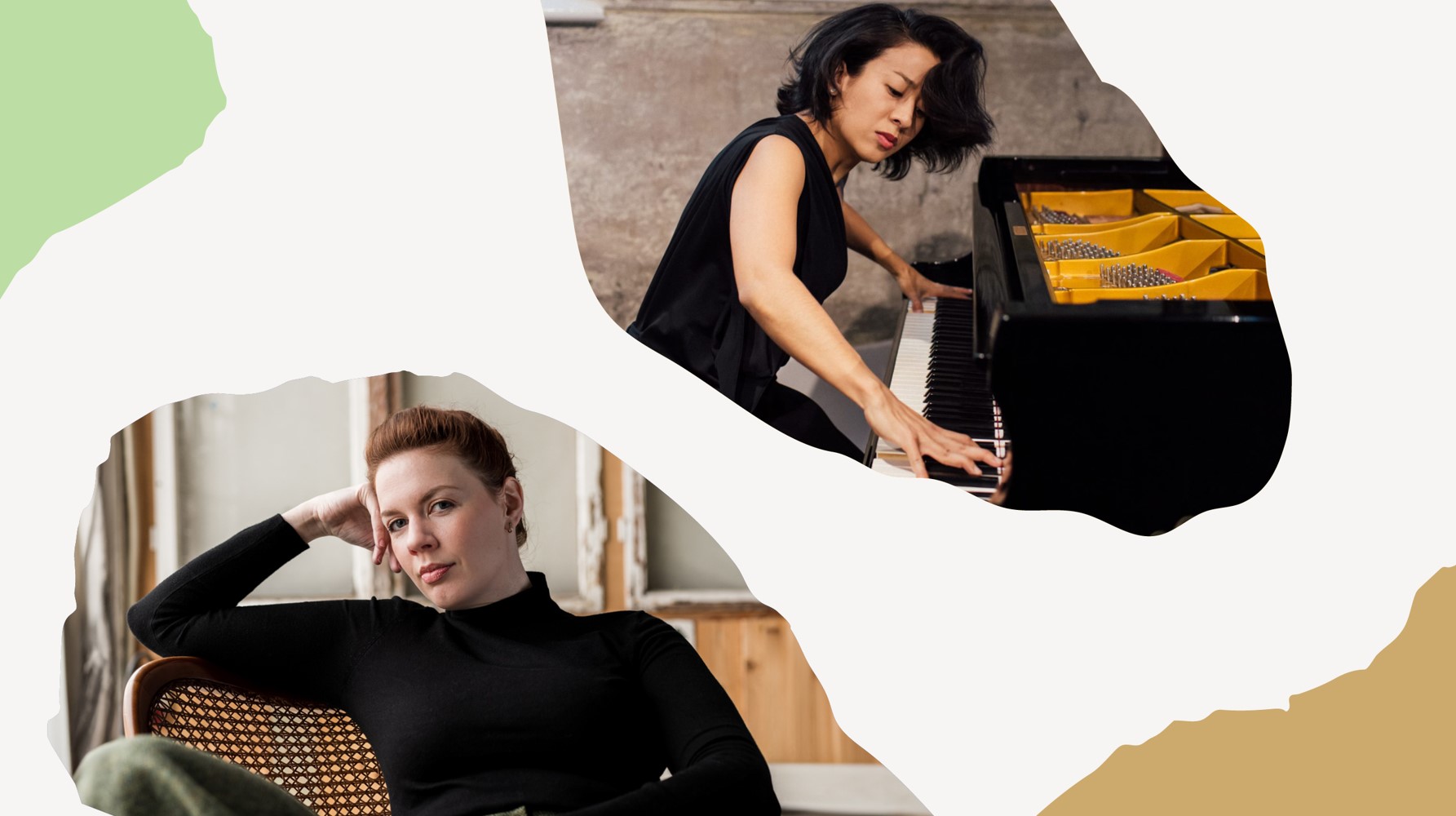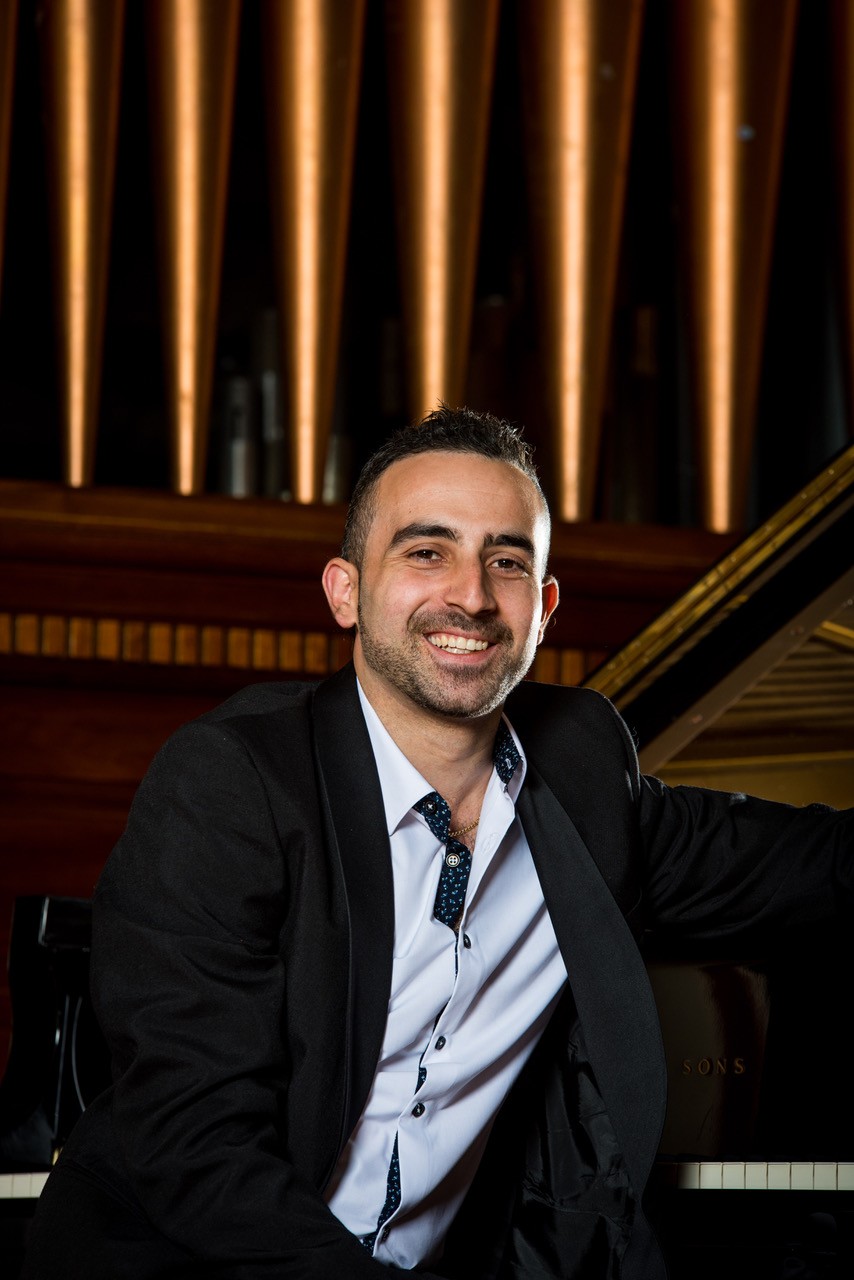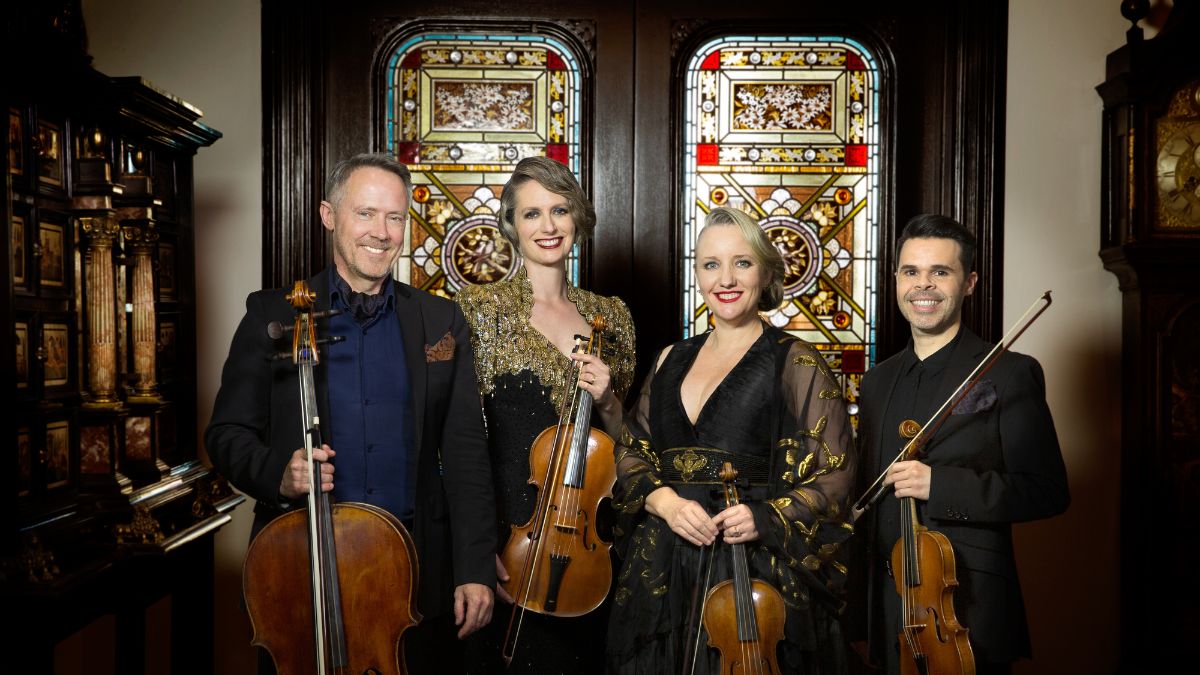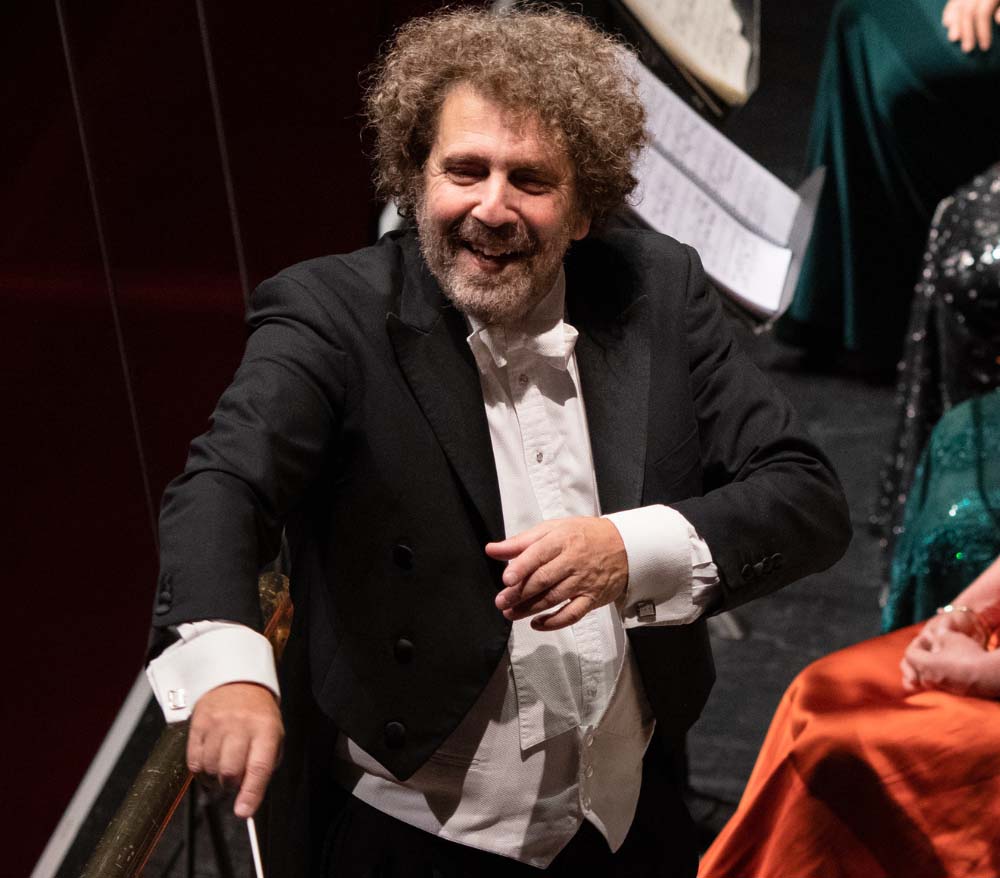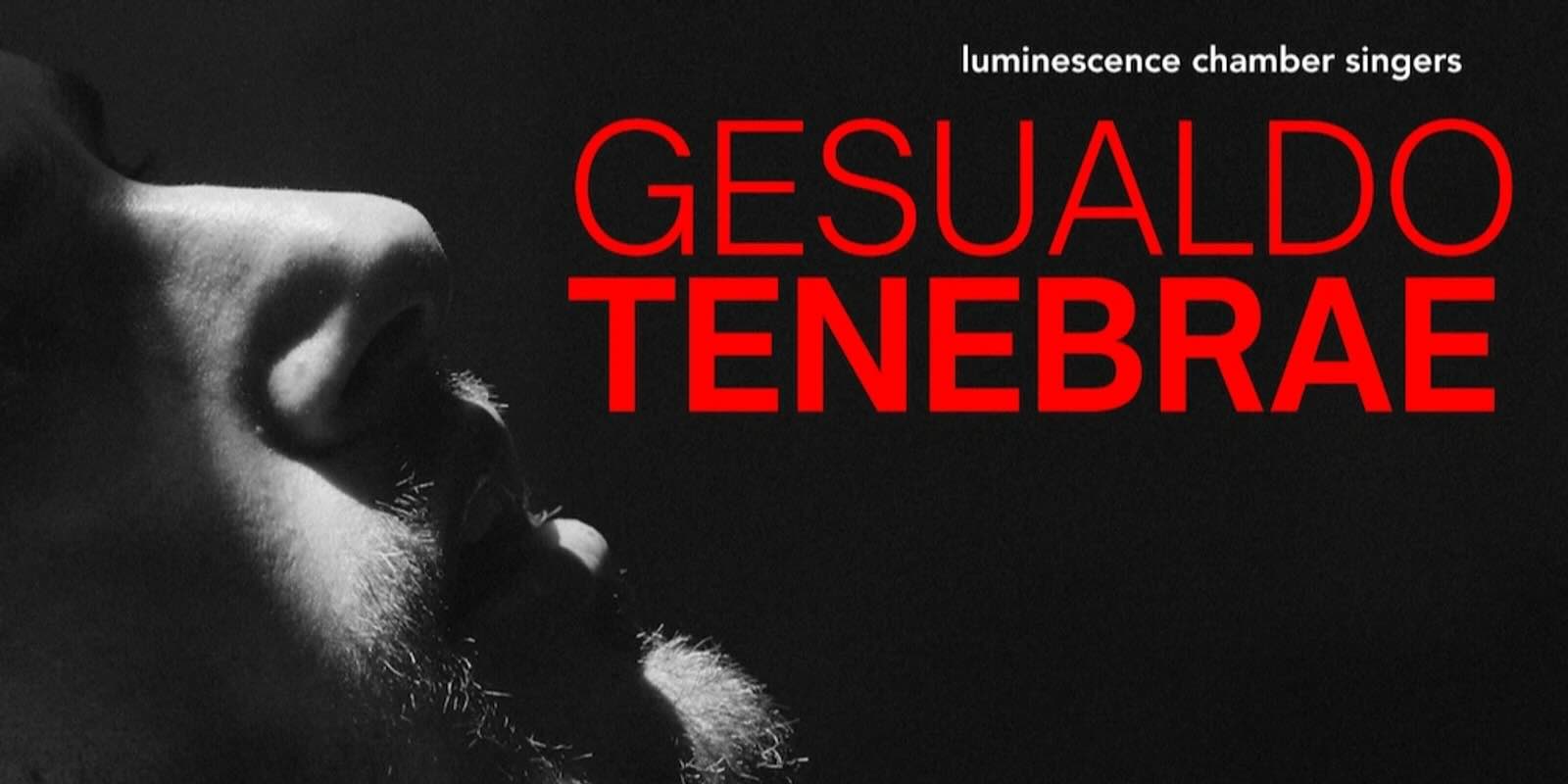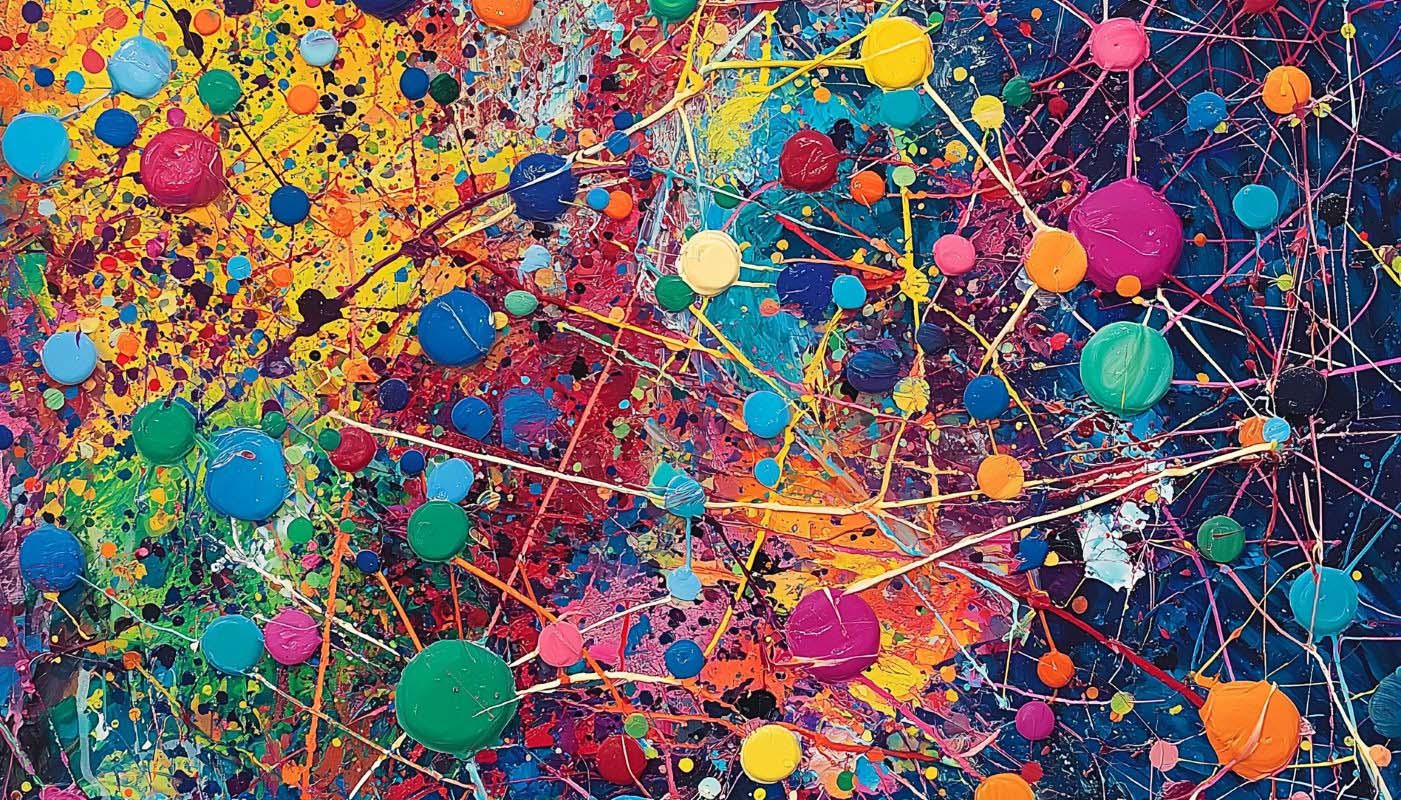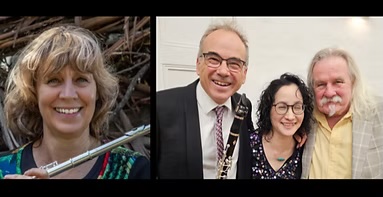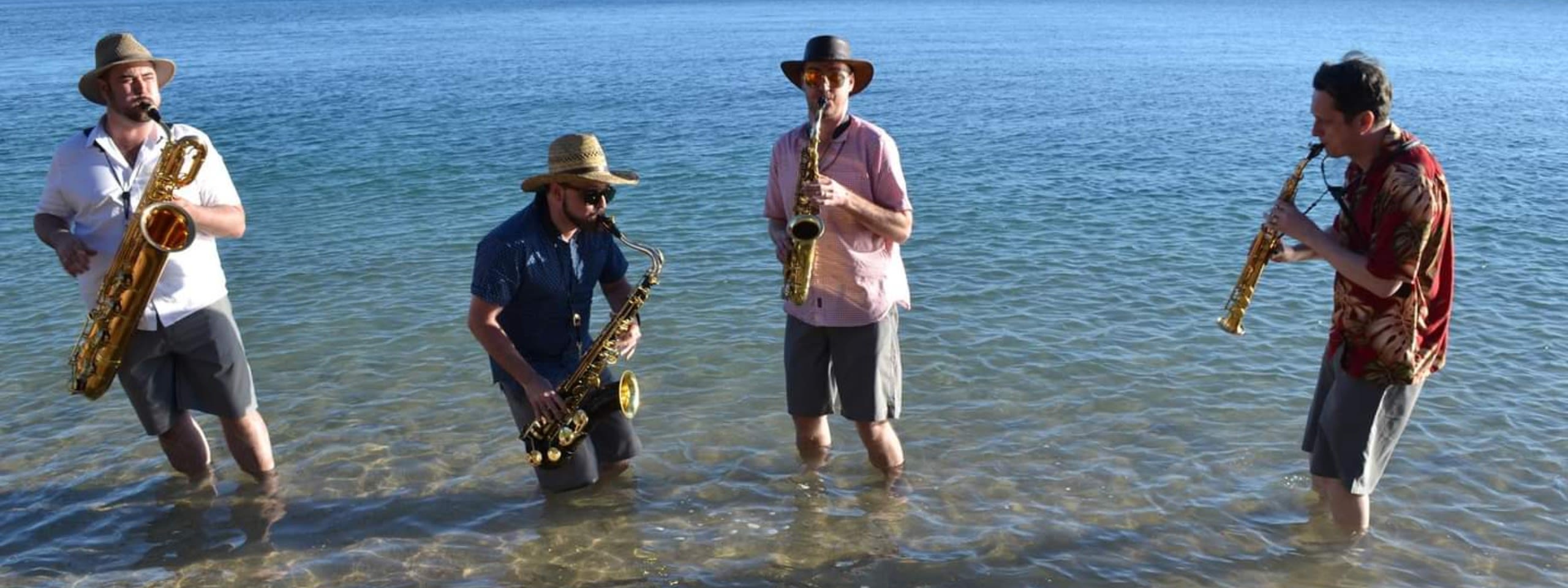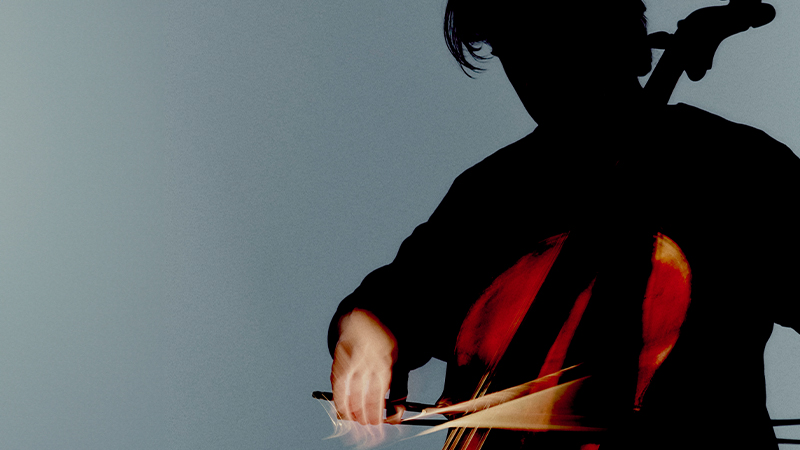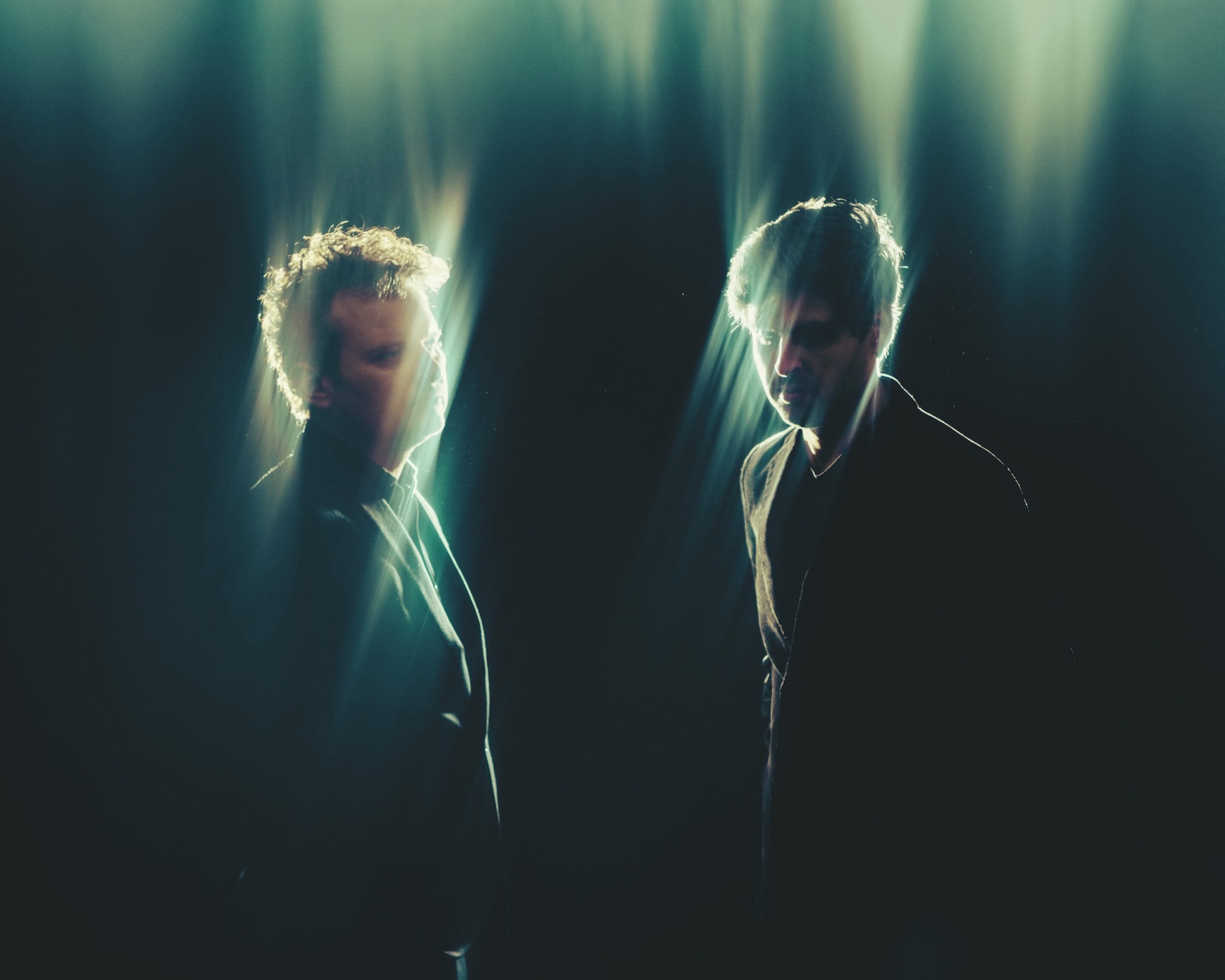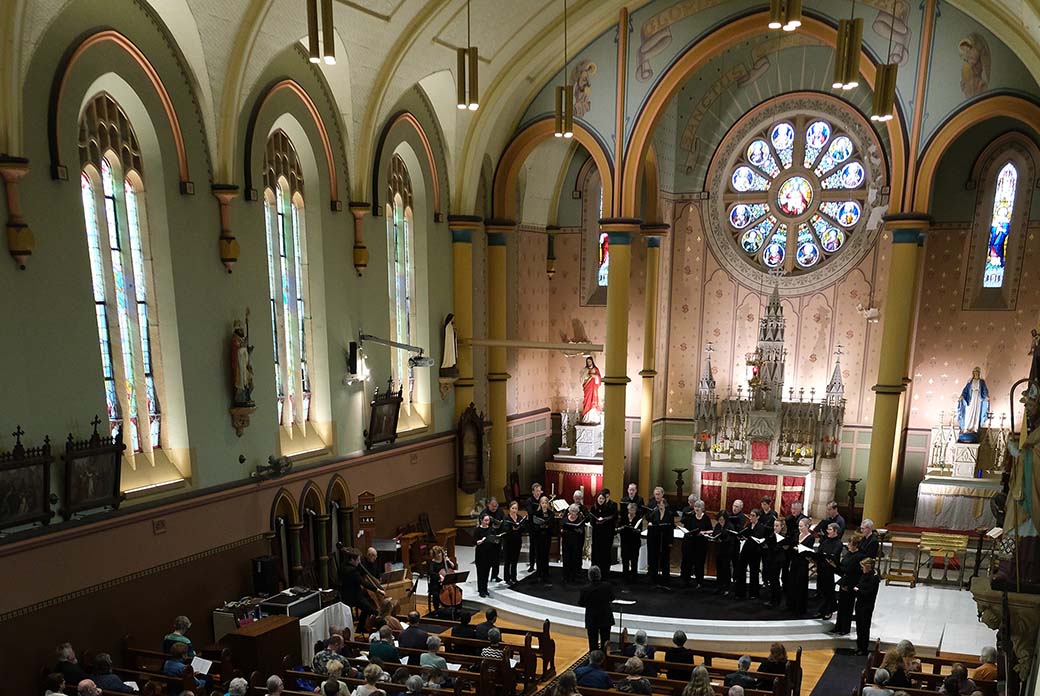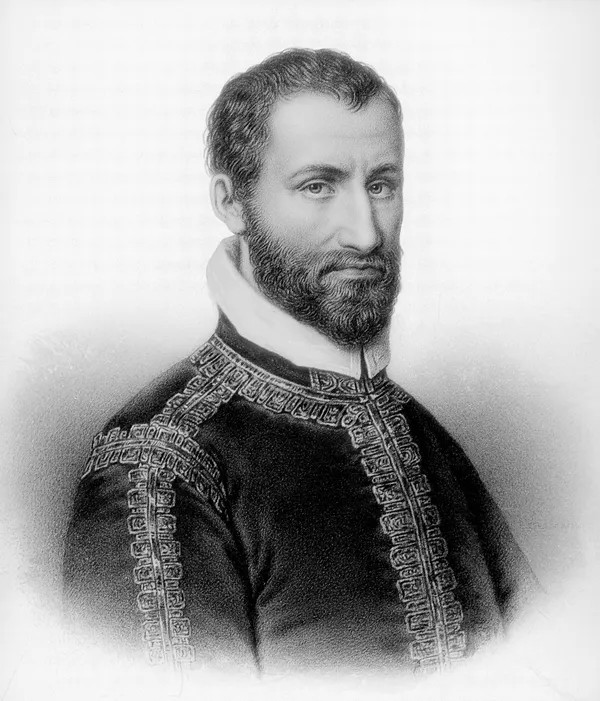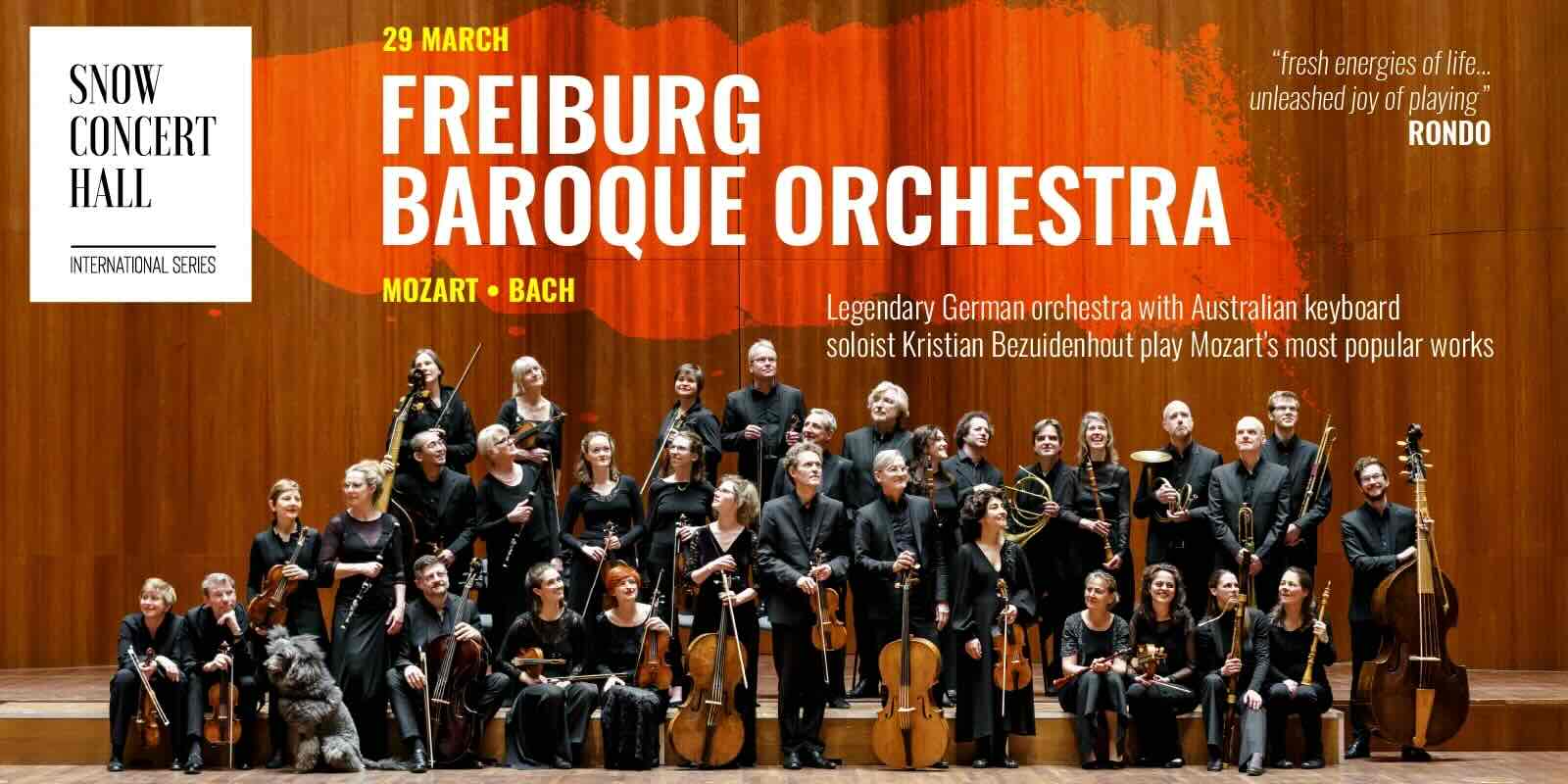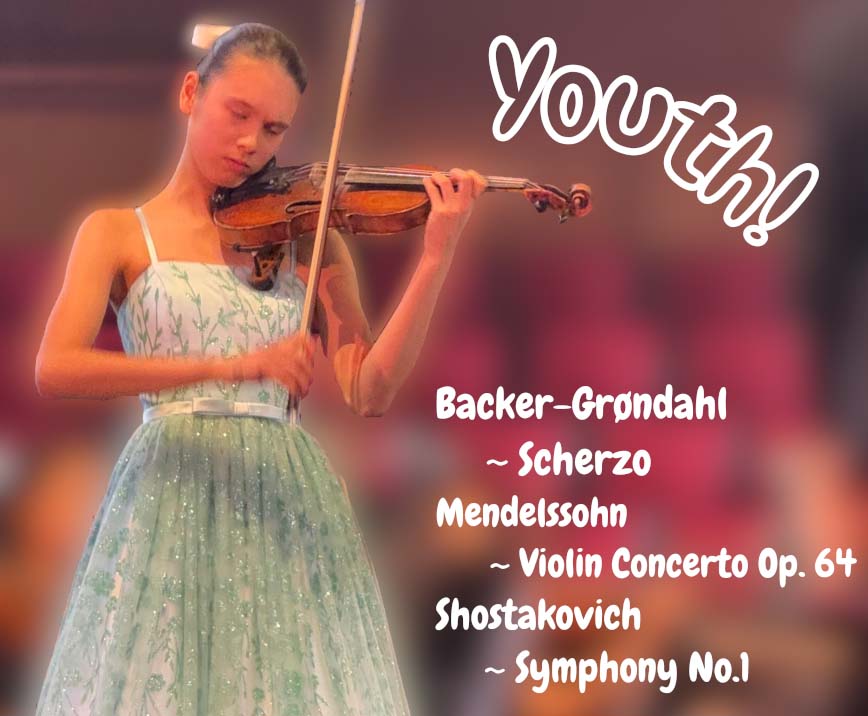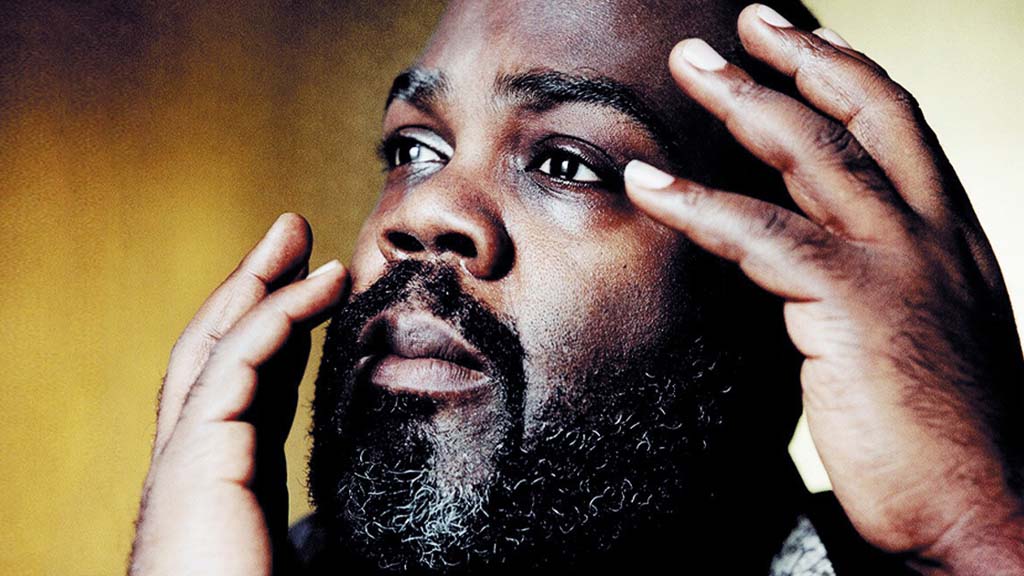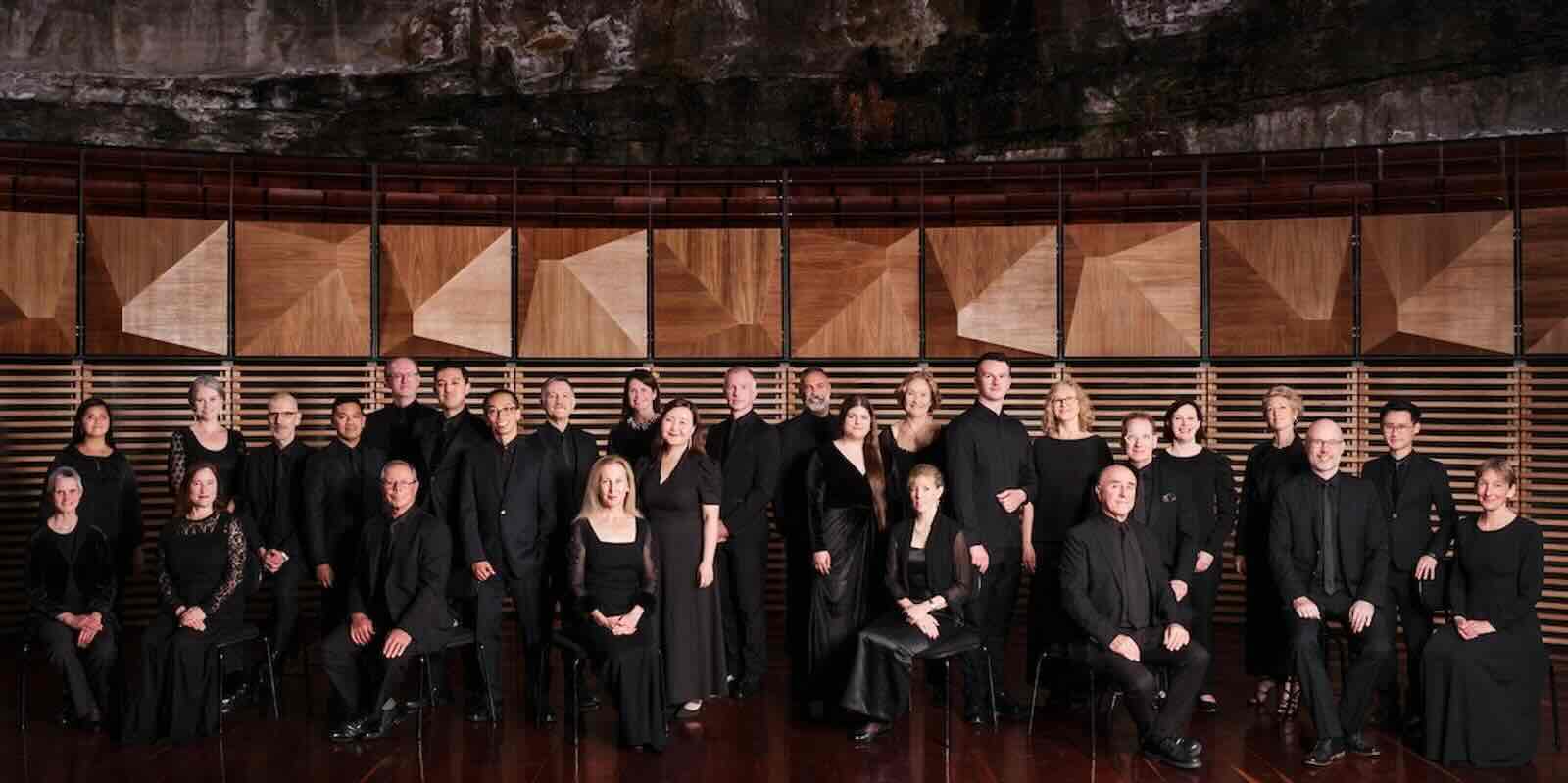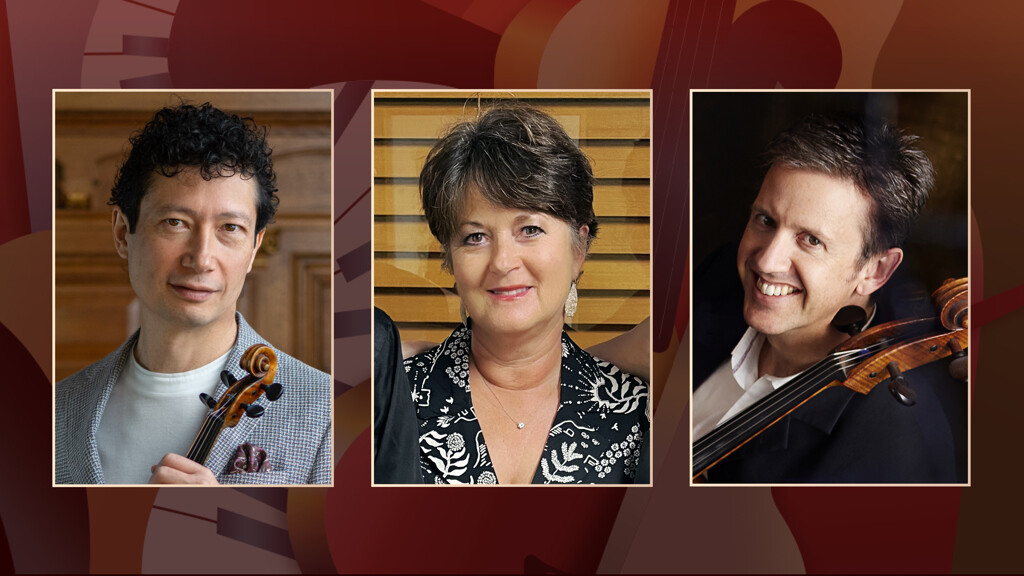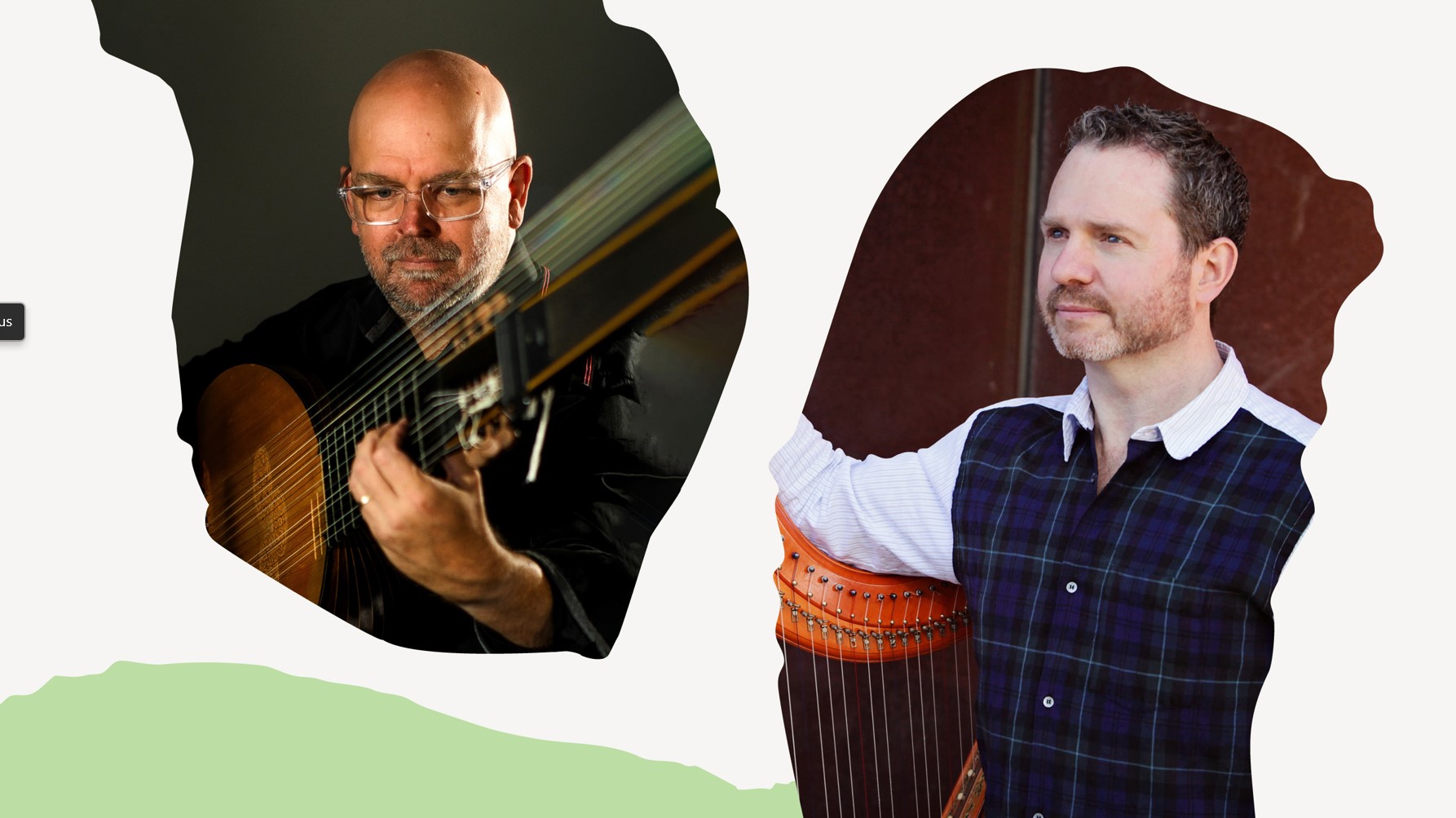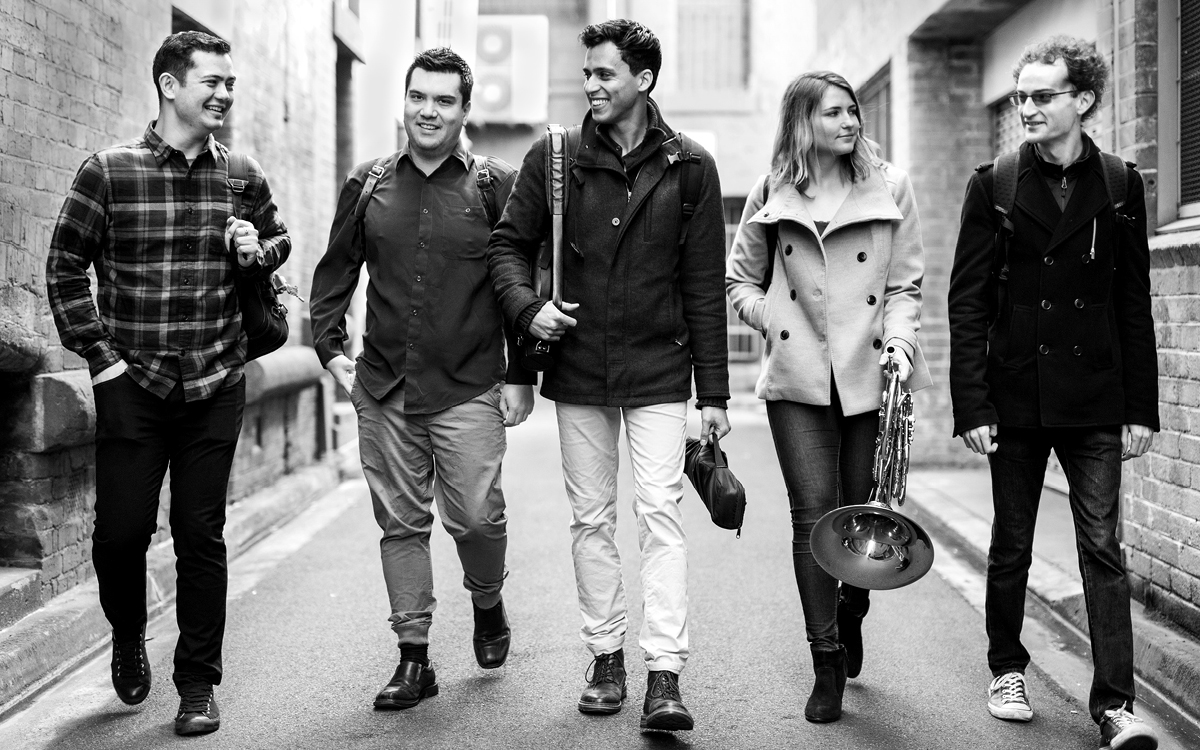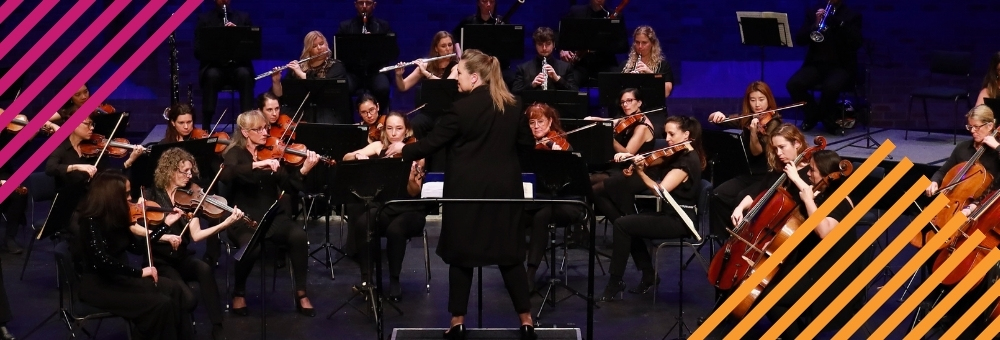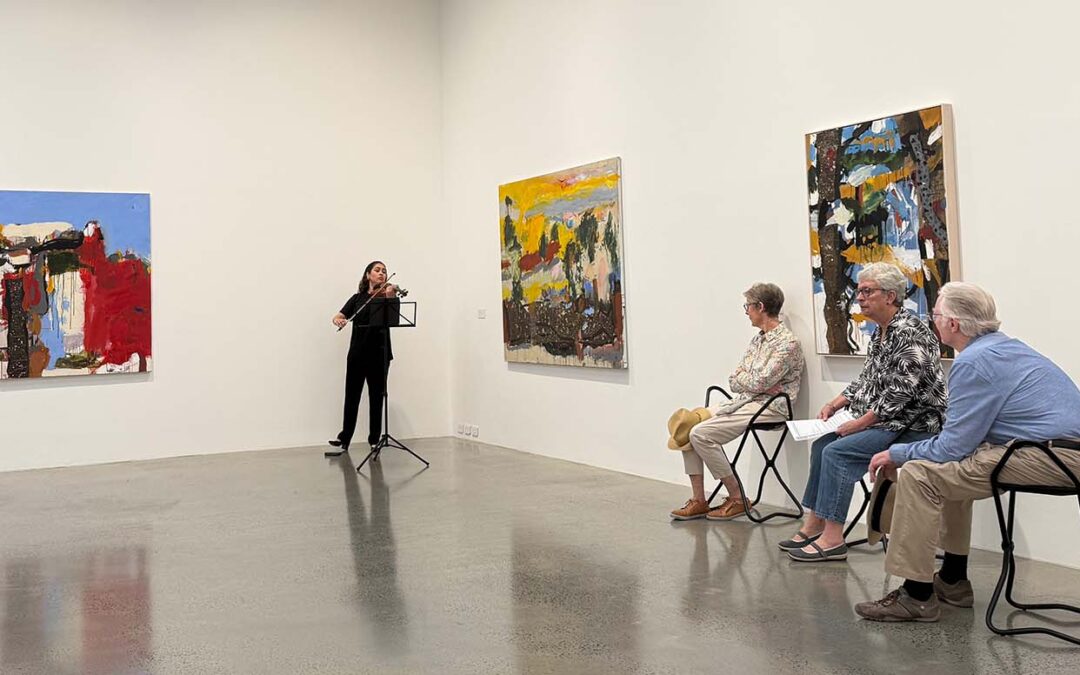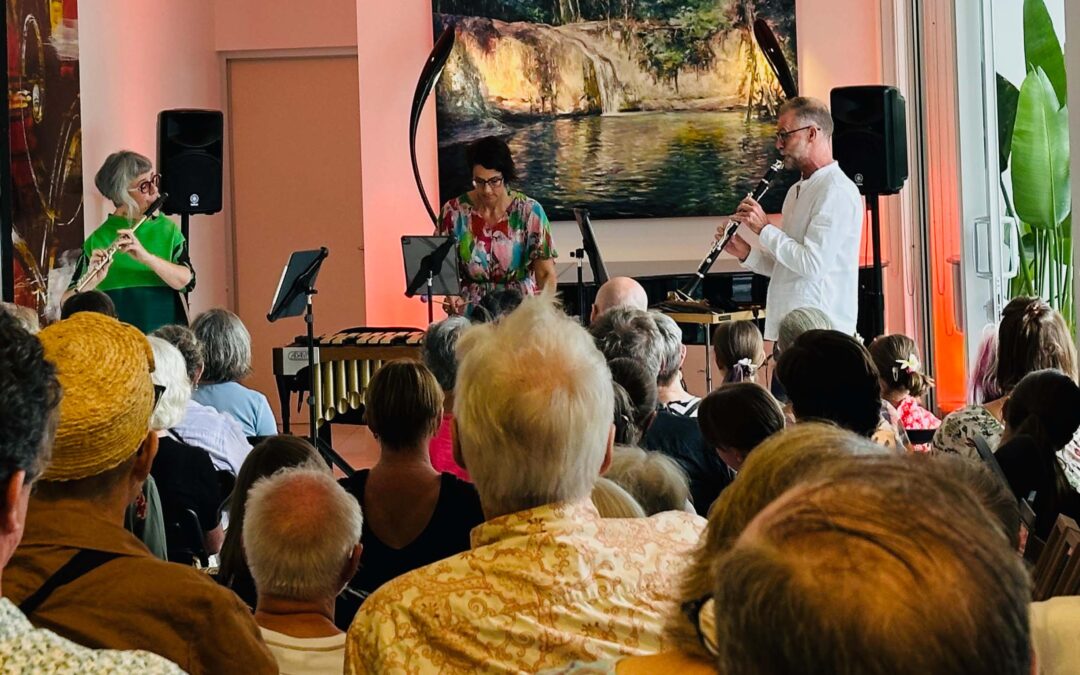The 2023 Melbourne International Chamber Music Competition
(MICMC – affectionately pronounced Mick mick)
Musica Viva Australia held this event during NAIDOC WEEK
Sunday 9 July, 2023, Piano Trios final
“one of the first worldwide music competitions bringing international competitors to Australia since pre-COVID. Over the 7-day event from 3rd July, 13 groups including piano trios from Europe, Asia and the Middle East, and string quartets from North America, South America, Asia, plus one group of home grown Australian talent will perform for a chance to take out a top place.” Music Viva Australia
Programme
Johannes Brahms: Piano Trio No. 1 in B major, Op. 8
Maurice Ravel: Piano Trio in A minor
Sergei Rachmaninov: Trio élégiaque No. 2 in D minor, Op. 9, “To the Memory of a Great Artist”
Artists
Trio Orelon (Germany/Spain/Italy) *1ST and COMMISSION PRIZE WINNERS
Judith Stapf (violin)
Arnau Rovira Bascompte (cello)
Marco Sanna (piano)
Trio Pantoum (France/Republic of Korea) *2ND PRIZE WINNERS
Hugo Meder (violin)
Bogeun Park (cello)
Virgile Roche (piano)
Trio Bohémo (Czechia) *AUDIENCE and 3RD PRIZE WINNERS
Matouš Pěruška (violin)
Kristina Vocetková (cello)
Jan Vojtek (piano)
WHAT A TREAT…,
I love all forms of classical music but piano trios and string quartets for me are two of the pinnacles of the wide realm of classical music. These forms lend themselves to an intensity of composition and execution with the musicians working together and getting to know the music and each other on profound levels.
I was treated to three groups displaying superb mastery of their instruments and exquisite shaping of the music. From the order of appearance above you can see the three finalists chose a diversity of music for their finals appearance. To make a judgement as to each group’s ranking with this diversity and contrast would have been difficult for the judges.
The Brahms was good passionate late romanticism with beautiful lush harmonies, the Ravel was full of varied textures and surging waves of music while the Rachmaninov was redolent of a mixture of his piano concerto writing and his preludes.
The drama of a competition is always going to add a little more excitement and of course each group is all geared for maximum effort on their chosen piece. Beginning with a few opening remarks by ABC presenter Stéphanie Kabanyana Kanyandekwe there followed a welcome to country by Uncle Bill Nicholson a Wurrundjeri Woy Wurrung elder which was probably the best welcome to country I have ever heard making the cultural connections relevantly and in a gesture of genuine welcome.
Returning home I am writing this now listening to the string quartet session which started at 6.00pm. “Death and the Maiden” has just finished playing and now I can type during the interval!
Trio Orelon opened with the popular Brahms trio in B major, a work that clearly demonstrated their ability. The work needs a finely balanced approach amongst other things to the rhapsodic episodes or it can become too indulgent. I found that it was exquisitely balanced with a hint of a pull back here and there so that the shaping of the phrases was always subtle and just enough. A commendation to the pianist is deserved as at no time was the piano work heavy handed and indeed I heard subtle textures of great beauty blending with the string playing. The string playing was beautifully in tune as heard in the octave playing between the violin and cello. This work was played with warmth and passion ranging from delicate gentle moments to fiery rhapsody. I heard melodies and motifs passing seamlessly from cello to violin so that if I closed my eyes I could wonder if the cello was still playing but up higher or the other way round. I particularly enjoyed the adagio where the control of the fine phrasing was sublime. Despite watching I could not for the life of me see how the fourth movement started with the cello and piano starting seemingly without any signal! It’s a hallmark of the subtle communication used with music at this high level.
Trio Pantoum started with the violinist having to go backstage to find his page turning foot pedal which in a way was amusing but did not seem to unsettle him. They took some time to tune which the first group did not. It is always pleasing to me to see the strings tune each of their strings to the piano.
This Ravel trio is full of the hallmarks of Ravel with surging and rising forward feel alternately reducing to delicacy such that the work often feels like riding waves of passion interspersed with relative calm. This tends to make Ravel chamber music sound like there is a full orchestra in front of you instead of just three musicians. These musicians achieved this mighty sound with a masterly palette of sounds and textures. Interesting to me is the personalities of the musicians coming through and small touches such as the swaying of the cellist and his way of leaning towards the violinist to seemingly get the most out of their unity of ensemble. The violinist would almost stamp his right foot down lifting it and bringing it down without a sound (red sock and all! – they all wore red socks) at moments of drama in the music. The pianist deserves mention for the fine balancing of the polyphonic voices in the many layered sections of the piano part. The trio ended with a massive final flurry of sound and a virtuosic display of final unity. Indeed, I wondered how the pianist could walk calmly off the stage after such an amazing performance.
Trio Bohémo used sheet music as opposed to the earlier groups’ use of Tablets. They made much of the lush harmonies in this work as well as the musical layers and their relative roles in the overall structure of the work. This was the only work to use mutes and this added to the mystique present in sections of this work. This enabled the piano’s bell like sounds to ring out some of the slow melodies without having to play loudly. This work has a massive piano part and this was the work where the piano’s big sound could be used to advantage. This is probably not surprising given that Rachmaninov was such a virtuosic pianist! Full credit must go to the pianist for sustaining this demanding piano part so extraordinarily well. Unfortunately the piano part rather overshadows the two strings in the way the composition is written so I felt that this was not a good choice for a finals work. I noticed the pianist was a little more crouched over the piano than the earlier two pianists. In addition the cellist had a ponytail that almost seemed to come over her face in her passionate performance particularly in the first movement.
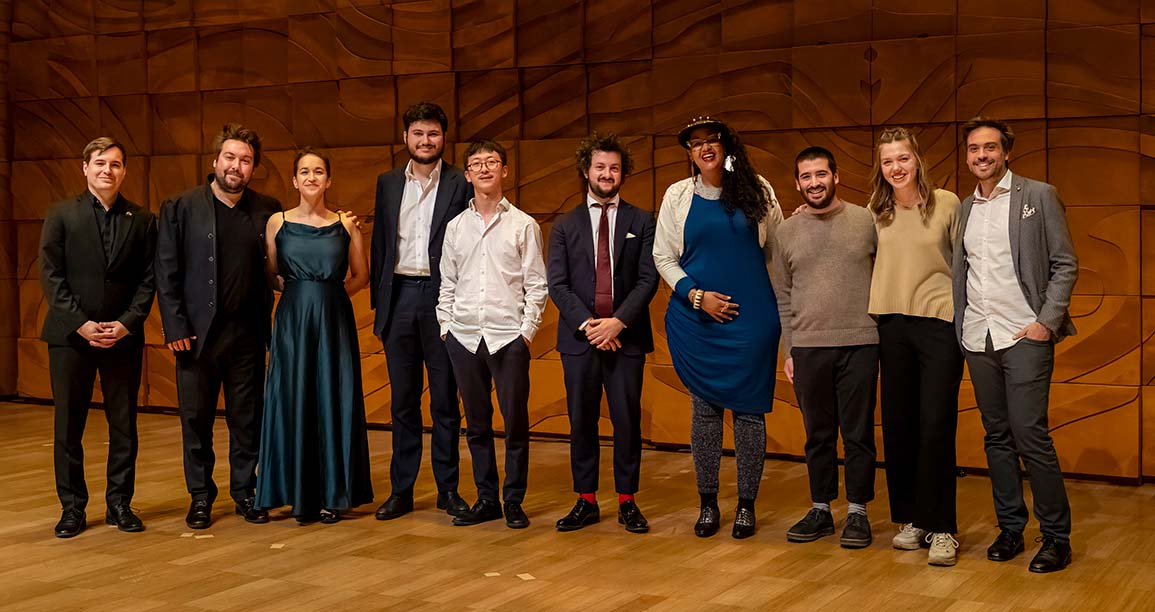
In discussion with my colleague sitting next to me, we agreed that the Brahms and the Ravel were the pick of the three and perhaps only because the Rachmaninov was so piano heavy (not in the playing) that it did not give enough scope for the strings to prove their mettle. There was in our opinion not much between the first two groups. What the judges discussed amongst themselves of course I cannot say, but the Brahms was an excellent performance of a popular work. Even so the Ravel performance was both dynamic and exquisite. Given that the Ravel is perhaps a more demanding work in terms of the complexity of textures and constant extremes of dynamic range it could be said that this group was truly showcased to the maximum. We both agreed on this but were not surprised that they came second.
Despite the lush harmonies and feel of the Rachmaninov I was surprised that this group received the audience prize. It proves that there are so many ways of listening and appreciating. This I suppose is the relevance of the audience prize.
Every four years I look forward excitedly to the Melbourne International Chamber Music Competition. I have never been disappointed in the performances as even the ensembles that do not make it to the finals are extraordinary. I do hope all of these 13 groups come back to Australia to enrich us with their sublime performances. I walked out of this concert on a high, feeling very fortunate to have experienced this sublime and diverse music. We are fortunate to have such talented emerging (!) young international artists coming to our lands. It is a credit to Musica Viva Australia that their role in supporting chamber music with experienced and young emerging artists in Australia has been at the forefront of Australian live classical music performances for so many decades. To have their support in promoting and organising this competition is indeed magnificent and their achievements have brought so much joy to many. I normally do not give a mention to sponsors but the logistics behind getting so many groups to perform throughout such an intense week does not come without a lot of backing. I encourage all reading this to look at the sponsors of the chamber music competition which include the Victorian Government through Creative Victoria. Musica Viva Australia’s Website has details about the competition as well as the sponsors. The performances are available on repeat on ABC at https://www.abc.net.au/classic/programs/special-features/micmc-2023-piano-trio-final/102526956 and you won’t have far to search for the quartet finals.
Photo credit: James Grant Photography

